

Language & Grammar

Science & Social Studies

Digital Learning
7 strong narrative writing anchor charts.

Narrative Writing is my personal favorite type of writing to teach. The creativity and possibilities that come with this type of writing are endless! Today, we are going to take a look at 7 strong anchor charts for teaching narrative writing. Anchor charts are always a great tool for introducing or even revisiting a skill. In this case, the anchor charts are going to help students better understand the requirements and structure of narrative writing.
Introduce the Narrative Writing Structure

First, students will need to know what Narrative Writing is! Students will be tasked with writing narrative stories throughout their education. The anchor chart above divides the topic into personal and fictional narrative writing. Initially, students will be writing stories about events that they experienced, personal narratives. However, writing those personal stories will help students develop writing skills that will enhance their fictional narratives, too!
Next, you will want to show students the narrative writing structure. This anchor chart displays the narrative writing structure as a hamburger [or veggie burger :)]. I like to think that this structure image helps students remember that you can fill your burger with yummy ingredients (events and details), but it also needs a top and bottom (an introduction and conclusion).
Teach Students to Focus on Small Moments
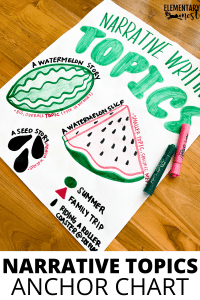
Now, students will need help narrowing their writing ideas down to a specific event. This concept is more difficult for students to understand than one would think. So, we like to use a watermelon as a metaphor.
The whole watermelon represents a broad topic or big idea, like “Summer.” You wouldn’t want to write about your entire summer in one story. So, you take a slice out of that watermelon. Maybe your family took a trip or did something fun together over the summer. The slice may represent a “Family Trip.” Within that slice, there are seeds or specific events/things that were memorable on the trip. For example, maybe it was your first time riding a big roller coaster, you made a friend at the playground, built a sandcastle at the beach, made cookies with your grandmother, etc.
Choosing one of those memories and zooming in on the details and feelings of the moment will make for a much better story than simply writing about summer.
Focus on Aspects of the Body of Writing

Our next Narrative Writing Anchor Chart will focus in on the Body of the piece. This will be all of those yummy ingredients within your story burger! You will want students to remember that a story has a beginning, middle, and end. They also need to know that within those parts, there needs to be detail and description that engages the reader. *This chart can also be made with a simple, 3-row chart where you could provide an example of each event with details. OR laminate it and reuse it over and over!
Feelings and actions are very important to narrative writing. I recommend having a mini-lesson where students can get involved in the making of a feelings and actions anchor chart. Discuss different feelings and emotions you may experience during a memorable event. Then, talk about the actions that you may do during the event or during those emotions.
Teaching Introductions and Conclusions Explicitly

Finally, you are going to need to talk about those buns! The introduction and conclusion parts of your story burger are just as important as the middle. Many times, it is more effective to write introductions and conclusions after the body of the piece has been written. Be sure to provide examples of different types of hooks and closings from narrative stories you may have read. This is a great opportunity to refer back to mentor texts you have already read. Revisiting just the introduction and conclusion, students will remember how those stories were as readers. It will help them, creatively, and keep them developing their skill!
These simple narrative writing anchor charts are going to be great tools to refer back to throughout the year!
Interested in Free Graphic Organizers for Your Writing Unit?
Or do you want ready-made lesson plans for narrative writing.
If you’re interested in getting your students to master writing without having to spend hours on planning and prep, I have all-inclusive units for you! These no-prep units have everything you need to teach opinion writing in your classroom!

Narrative Units come complete with anchor charts, lesson plans, graphic organizers, writing prompts, and more! Click the button for your grade-level below:
Want to learn more about teaching Narrative Writing?
- Mentor Texts for Narrative Writing
- How to Teach Narrative Writing
- The Importance of Pre-Writing
- Read more about: Anchor Charts , Common Core Aligned , Writing Blog Posts
You might also like...

3 Easy Times to Squeeze Speaking and Listening Skills into Your Day
In today’s blog post we will talk about incorporating speaking and listening skills in your elementary classroom! Finding time to focus on these crucial skills

Introduction to Fractions: Partitioning, Shares, and Fractions in 1st and 2nd Grade
Hello teachers! Welcome to today’s blog post, where we will dive into the fascinating world of fractions, tailored specifically for 1st and 2nd-grade classrooms. Fractions

Teaching Text Features in the Spring
This isn’t the first time we’ve discussed using the current season as a way to make your ELA content more engaging. Adding the element of
Join these happy teachers
Join the email list.
Get teaching tips, how-to guides, and freebies delivered right to your inbox every Wednesday!
Hi, I'm Jessica

I help elementary teachers master the standards by providing helpful standards-based tips, guides, and resources.

Let's Connect
Access your purchases
© Elementary Nest • Website by KristenDoyle.co


How to Teach Narrative Writing in 2nd Grade with Spectacular Results
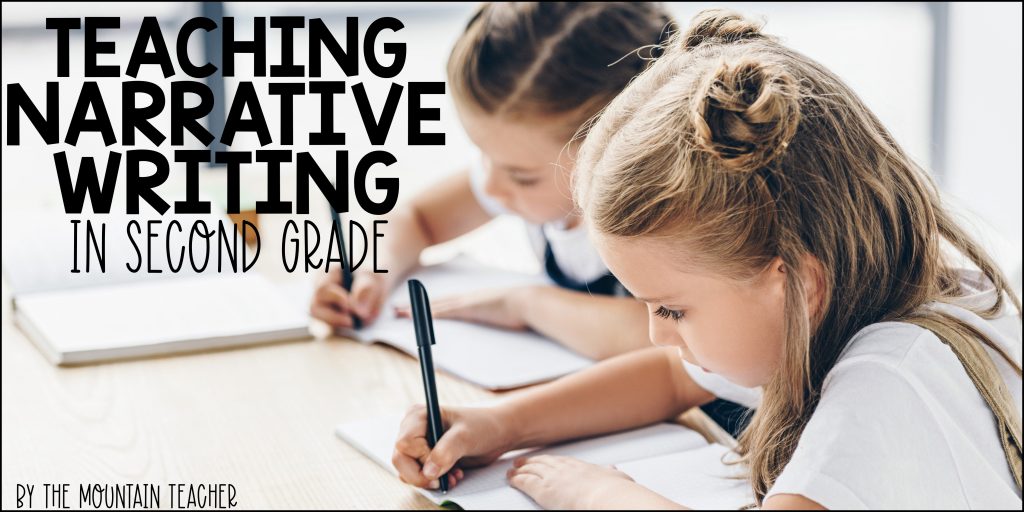
Teaching narrative writing can be SO fun! But reading student’s personal narratives can get dry after a while. You can only read about so many trips to the pool or vacations where students detail getting to the airport, then their writing ends once they finally arrive in Disney World. Get your students engaged while teaching narrative writing by doing fun, imaginative and personal narratives this year!
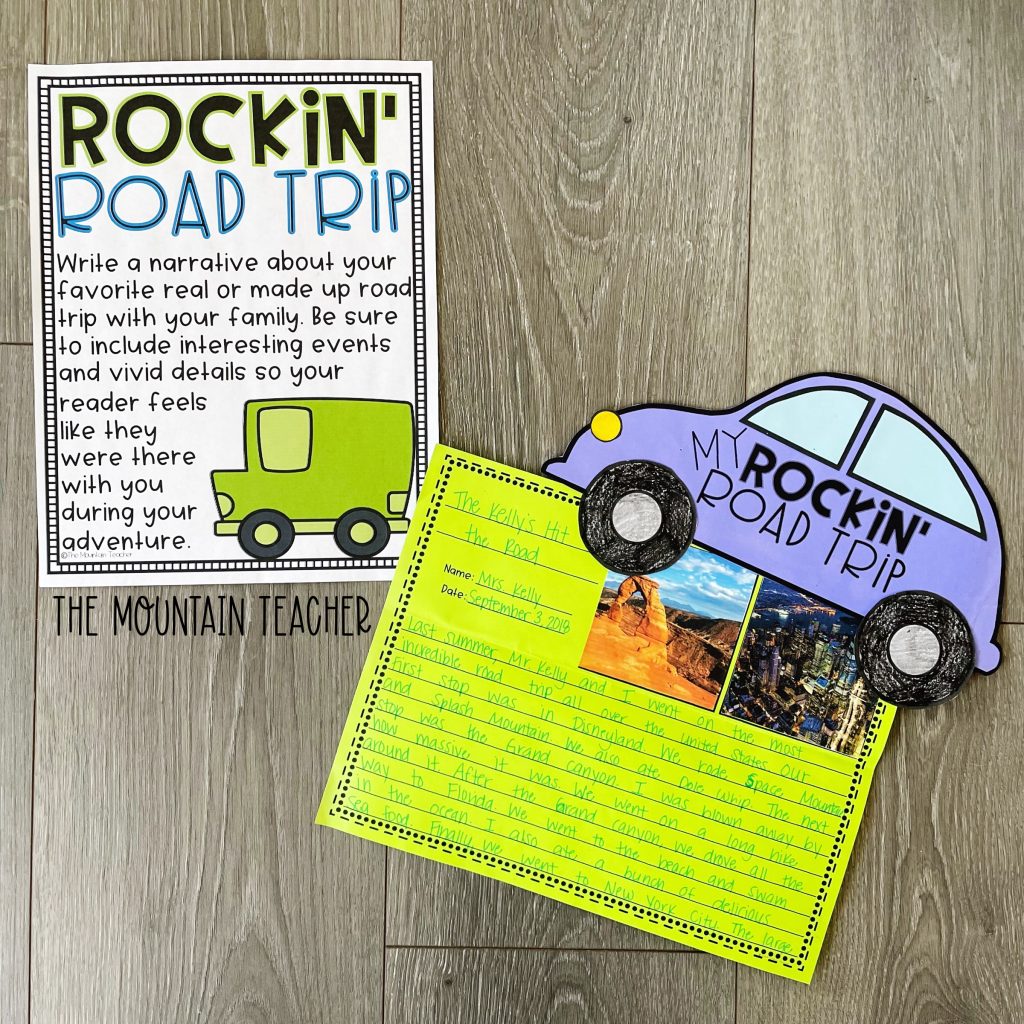
Important Concepts:
Students need to recount either one event in detail or a series of events when writing a narrative. One misconception is that the narrative has to have happened to them. It is OKAY to have your students write an imaginative narrative.
Typically, I start by having students write personal narratives, as it is easy for them to recount something that has happened to them. Then, once we have done a few personal narratives, we move to more exciting imaginative topics.
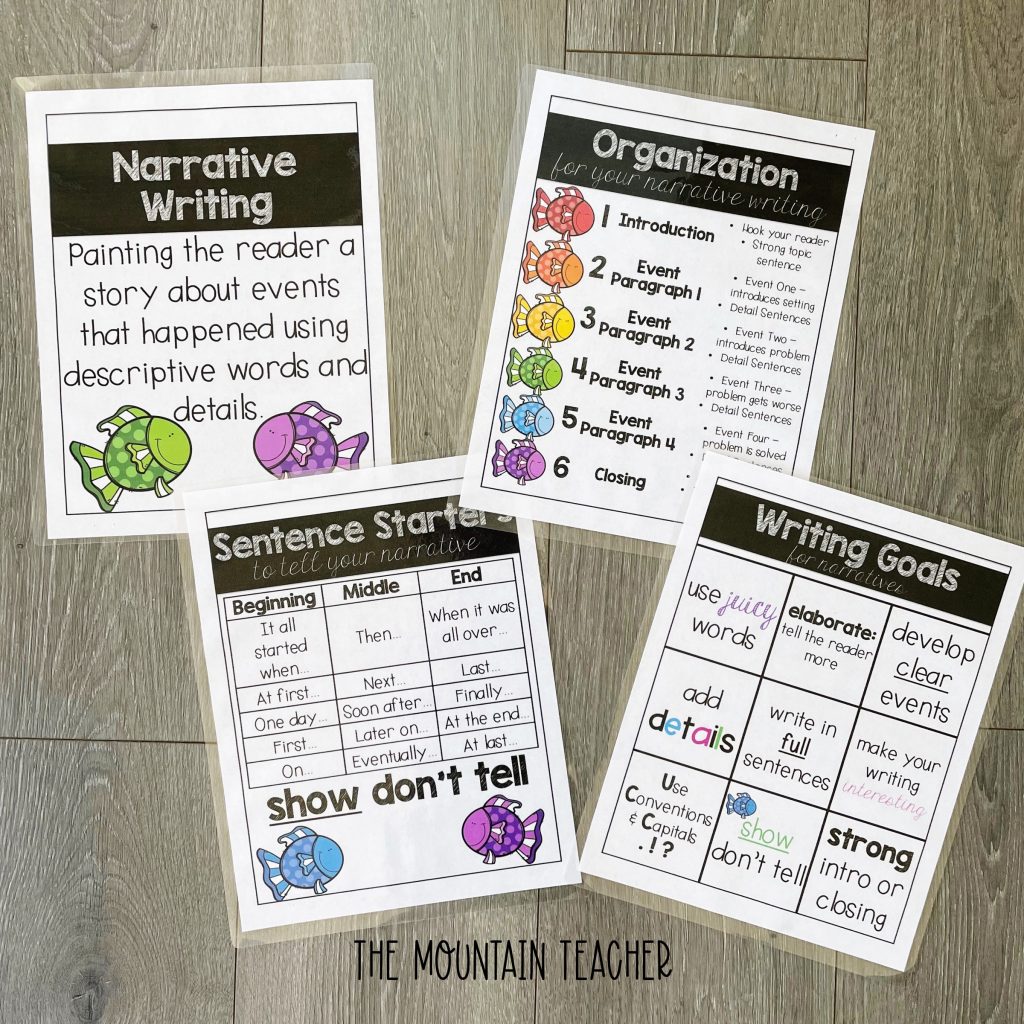
By second grade, students should be able to write a topic sentence, 3-4 event sentences WITH details, and a closing sentence. This means student writing should be anywhere from 5-10 sentences at least. However, many students are ready to write in paragraphs by second grade and should be encouraged to do so by adding more detail sentences to each event.
Challenges:
Students might struggle understanding the difference between an event and a detail. Talk to students about how an event is SOMETHING that happened, and details are the supporting ideas that help tell that story. Details can add dialogue, words from 5 senses, or more explicitly explain certain subjects from their writing.
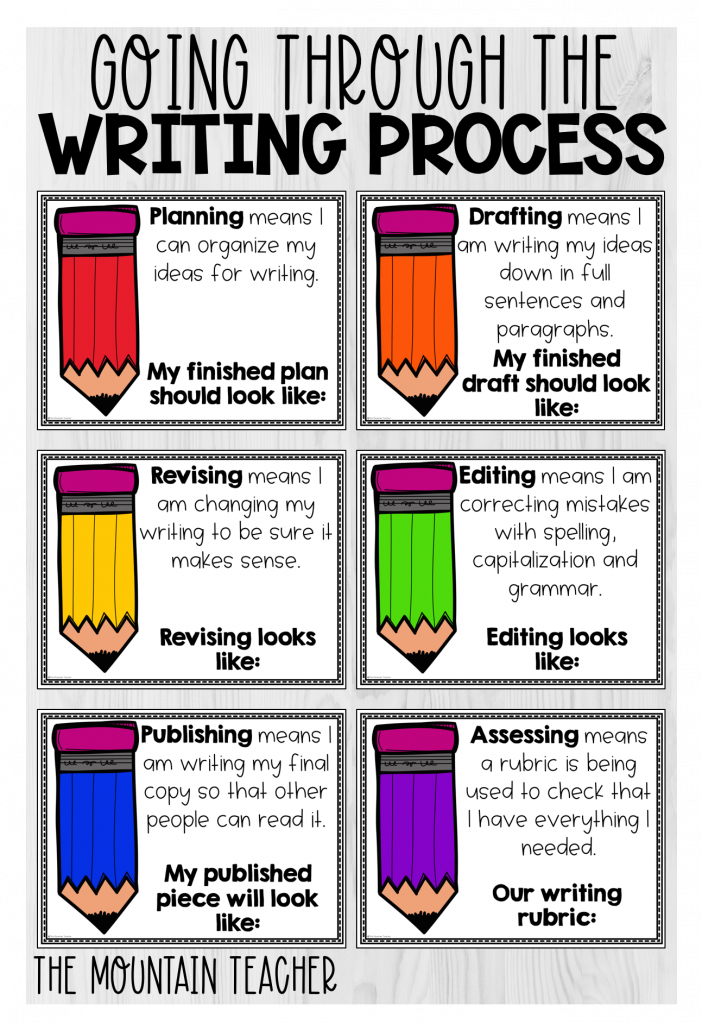
The Writing Process:
I cannot stress enough the importance of taking your students through the writing process every single week, for every single genre. This involves brainstorming/planning, drafting, revising, editing, publishing, grading and sharing.
Hook/Brainstorm:
Getting students EXCITED can be half the battle during writing. I love to tie all of my writing projects to engaging read alouds and fun topics. You can find my favorite narrative writing companions here.
It is equally important to MODEL each step of the writing process for students. After reading aloud our companion text, I typically will read aloud my model. I also will then model my own plan so students can see what I am looking for when it is their turn to write.
Then, it is time for students to make a plan. Be sure not to skip this phase, it is NOT writing a full draft, but rather jotting down their ideas they are going to write about. They can use bullet points or pictures to gather their ideas, but this should NOT be done in full sentences and should not take longer than 5-10 minutes.
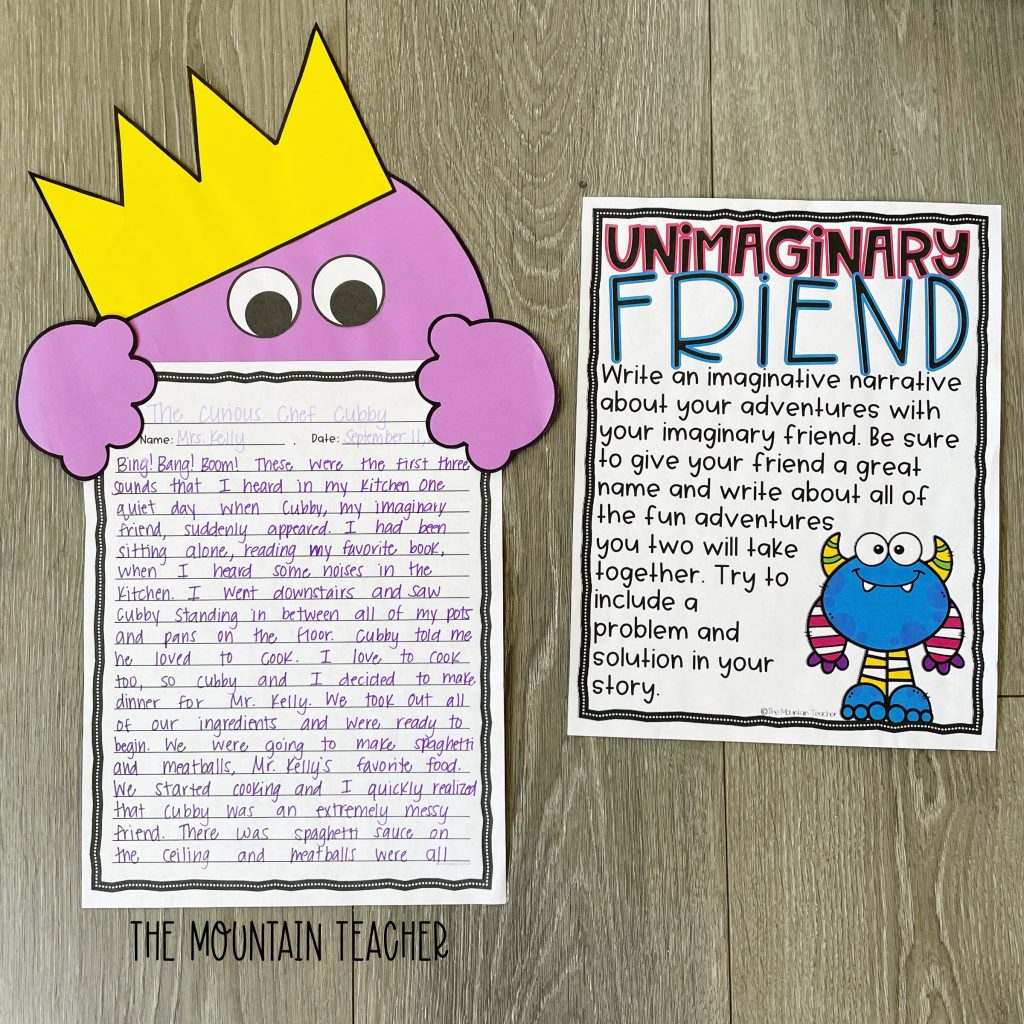
I like to give students two full days to draft for narrative writing. Each week, we focus on a different important skill that needs to be taught during narrative writing. Some skills we focus on are:
• Transition Words • Topic Sentences • Closing Sentences • Adding Details such as adjectives, prepositions, similes, metaphors, etc. • Adding Dialogue • Writing with a problem and a solution
Typically, students write their topic sentence, and first two events and details one day. Then, I have them write their second two events and details, along with the closing on the second day. We focus on the skill of the week, while also reinforcing the other skills that were previously taught.
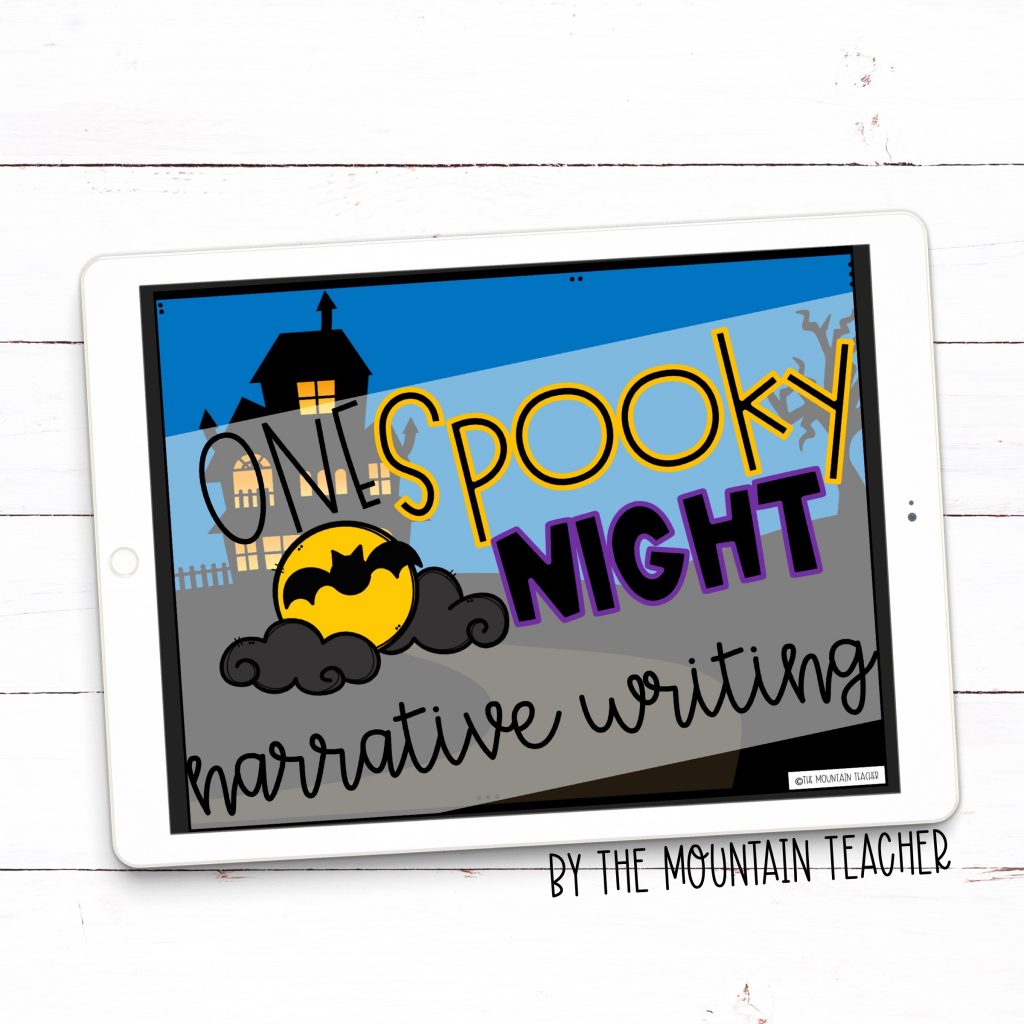
Revising/Editing:
I spend a lot of time at the beginning of the year setting up a peer editing time that is productive for students. We spend an entire day revising and editing, and I also roam the room and select certain students each week to conference with during this time.
Depending on the length of your writing block, you can either meet with all of your students or rotate through small groups of them each week.
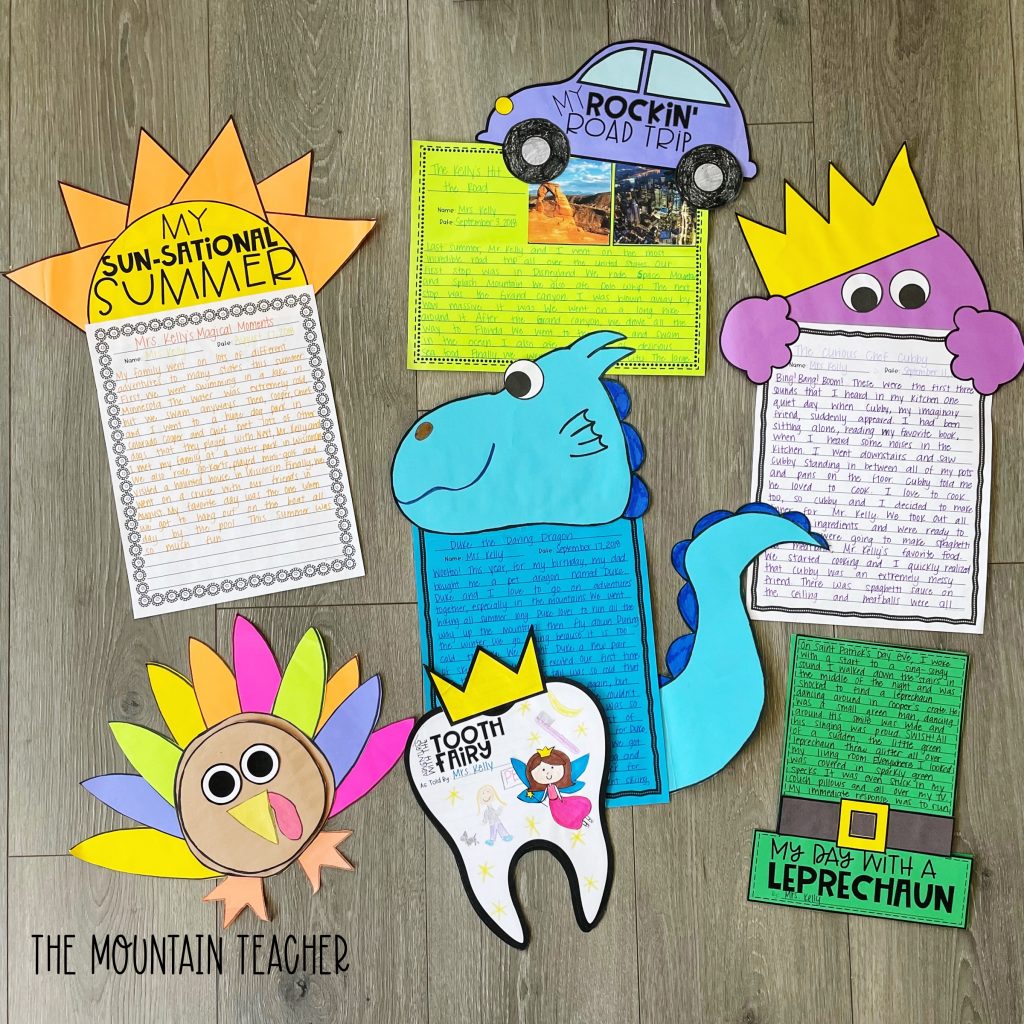
Publish, Grade, Share:
I always have students publish a piece of writing every single week. We add it to our writing portfolios that we take home at the end of the year. When students finish publishing, I have them grade themselves on the rubric. Self-assessment is such a powerful tool for students.
After they self grade, we find time to share each week. This can be partner sharing, author’s chair, sharing with buddies, recording themselves reading or more.
What is your favorite tip for teaching narrative writing? Drop it in the comments below!
Emily - The Mountain Teacher
Share your thoughts... cancel reply.
Your email address will not be published. Required fields are marked *
DON'T MISS THE LATEST FREEBIES, RESOURCES, IDEAS & MORE!
Quick links.
- The Mountain Teacher 2024
- Site Design by Laine Sutherland Designs

How to Teach Narrative Writing
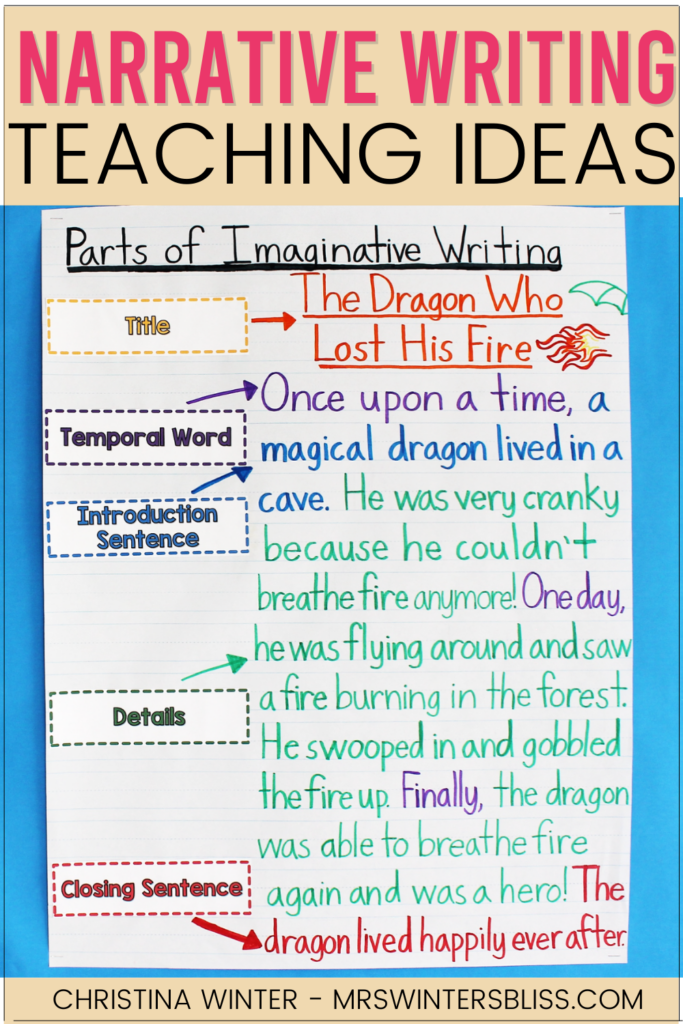
In this post, I share 5 tips for How to Teach Narrative Writing and provide details about the Narrative Writing Units I have created for Kindergarten, 1st and 2nd grade students. Be sure to download 3 FREE narrative writing graphic organizers !
As teachers we spend a tremendous amount of time teaching our students to write. And for good reason! The ability to clearly express one’s thoughts in writing is an essential academic and life-skill. Study after study has shown that students who are able to master writing skills early on struggle less in overall literacy and communication .
The Common Core writing domain focuses on three big types of writing: informative, opinion and narrative writing. Each genre serves a unique purpose and follows a specific structure which we must explicitly teach our students.
In earlier posts I shared tips and resources for teaching Informative Writing and Opinion Writing . Today I’m excited to move on to the final genre, Narrative Writing.
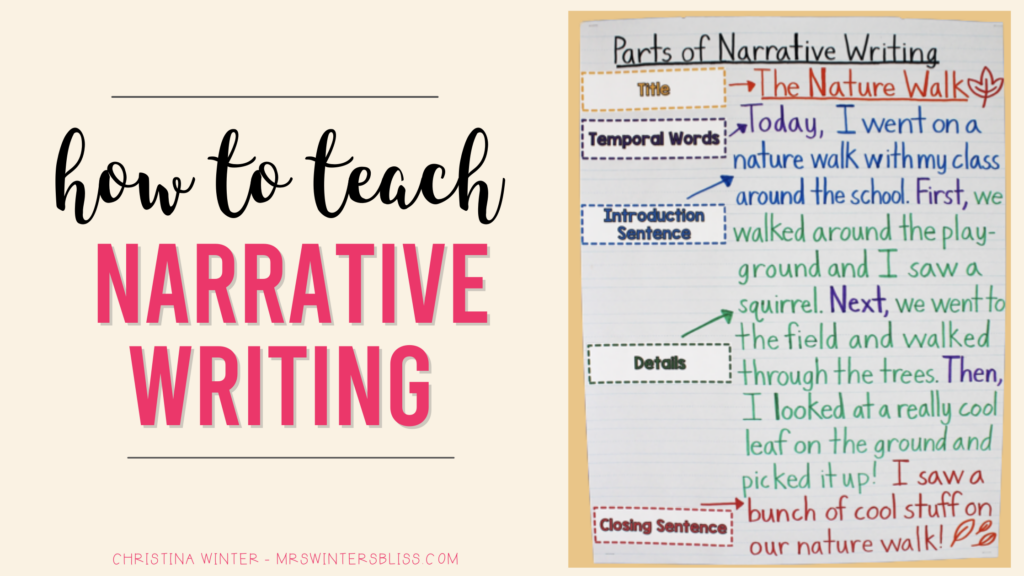
I love to teach narrative writing. Personal narratives are a great genre to start the year with because they allow you to get to know your students a little bit better. Most kids love to tell us stories about their lives, so writing personal narratives often comes naturally to them.
Imaginative narratives, on the other hand, allow students’ creativity to shine! Many students find it very motivating and engaging to be allowed to write the stories they create in their own mind.
Today I’m sharing 5 tips for teaching narrative writing, as well as details about my narrative writing resource. It is a writing unit that has everything you need to bring narrative writing into your kindergarten , first grade, or secon d grade literacy centers!
Tips for Teaching Narrative Writing
1. read narrative writing mentor texts .
Before you can ask your students to write in a genre that is new to them, you must first immerse them in it. So to begin your unit, you’ll want to share examples of narrative writing with your students. These mentor texts provide students with examples of excellent narrative writing.
As you read them aloud, highlight the way the author structures their writing. Identify the author’s purpose, the topic, the order of the events, and how the author felt. All of these things will help students better understand what type of writing we are asking them to do.
When you’re picking narrative mentor texts to share with your students there are a few things to consider . First, do you (the educator) think it is excellent? Second, is it easy for your students to understand? And finally, is it relevant to the type of writing you are teaching? If you answer “Yes!” to all three, then you’re good to go!
To help you out I’ve created a list of excellent mentor texts you can use when teaching narrative writing to kindergarten, first, or second grade students.
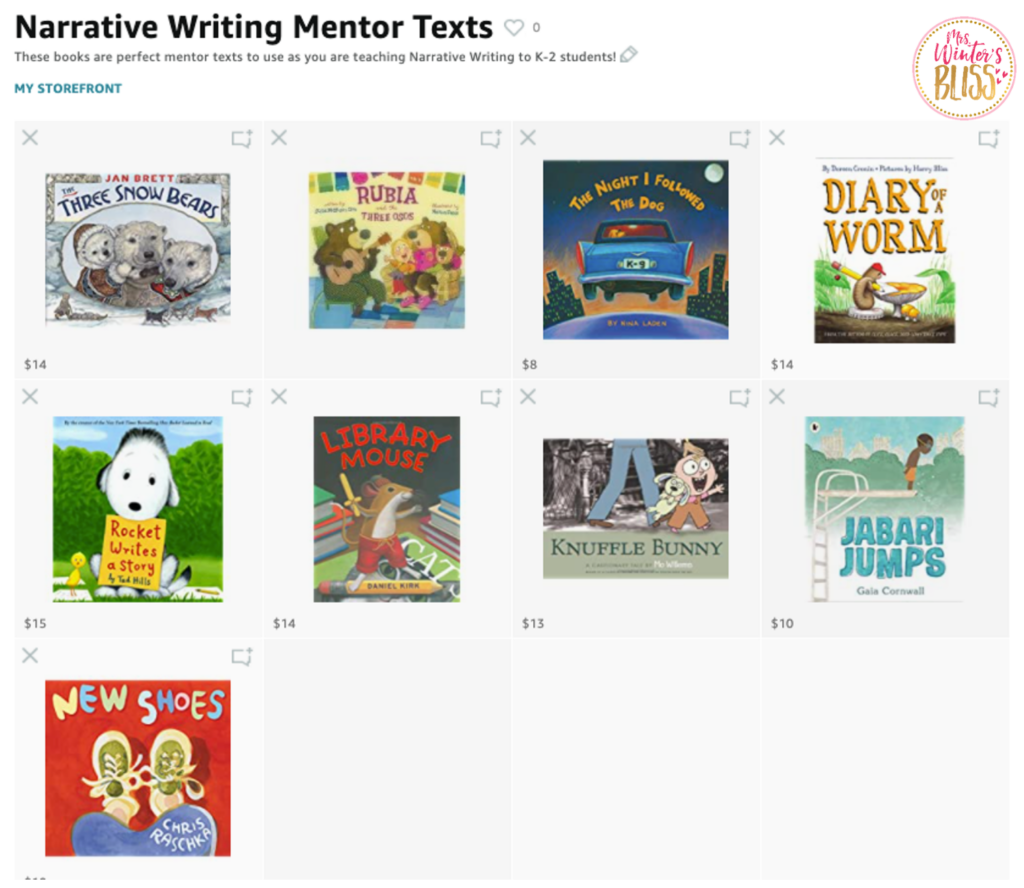
A List of Narrative Writing Mentor Texts:
- New Shoes – Chris Raschka
- Jabari Jumps – Gaia Cornwall
- Knuffle Bunny: A Cautionary Tale – Mo Willems
- Library Mouse – Daniel Kirk
- Rocket Writes a Story – Tad Hills
- Diary of a Worm – Doreen Cronin
- The Night I Followed My Dog – Nina Laden
- Rubia and the Three Osos – Susan Middleton Elya
- The Three Snow Bears – Jan Brett
I’ve saved all these titles on one board so you can easily take a closer look at these mentor texts. Click here to see this list on Amazon .
2. Model Your Own Narrative Writing
When modeling your own narrative writing I suggest you use an experience you’ve shared as a class. It could be as simple as a short nature walk outside the school building, a field trip you went on, or a class celebration you had. Show your students that narratives don’t have to be about big events. Small moments, like a walk outside, can be stretched out and turned into a great narrative writing piece!
Next, model how you plan your writing using a graphic organizer. Highlight how you have a topic, use temporal words to order your events, details and a closing sentence. Don’t be afraid to put the events out of order! Let the students catch the mistake and help you fix it!
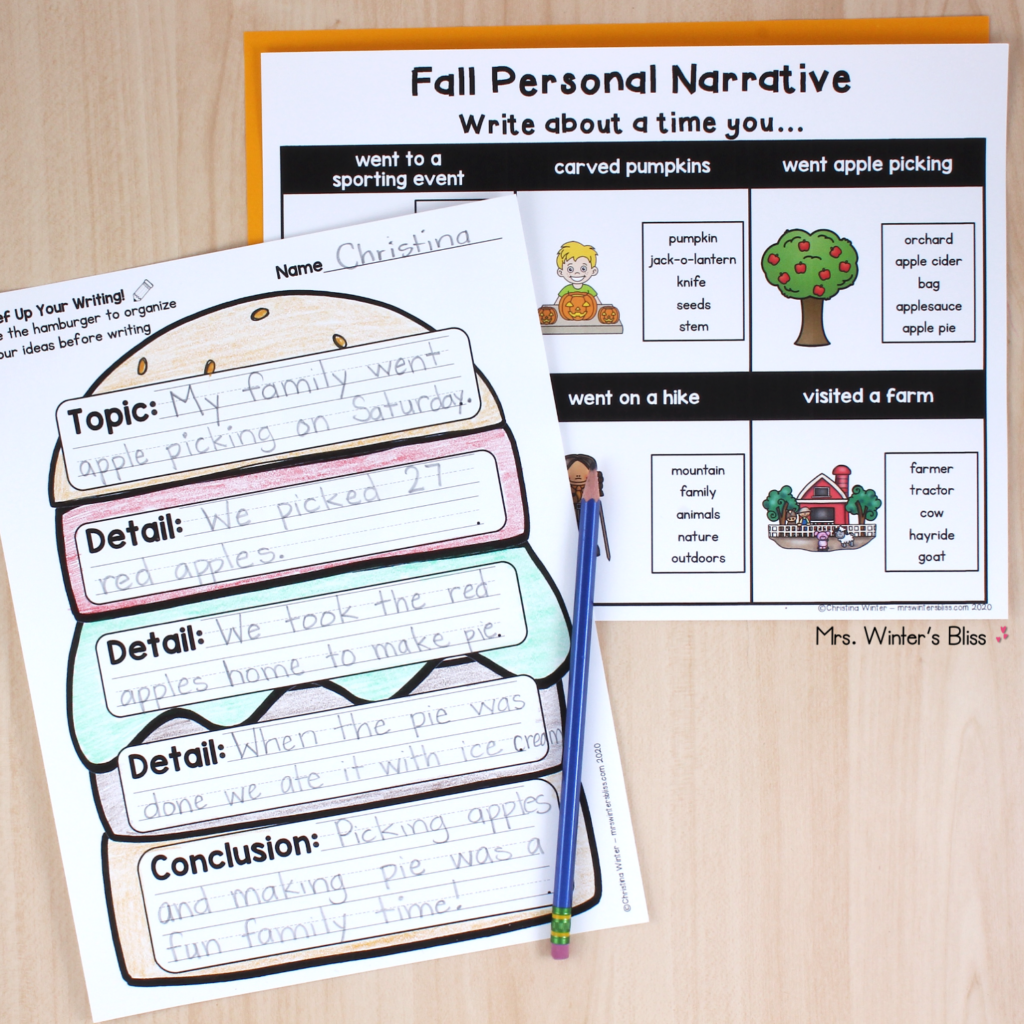
Model how you use the graphic organizer to guide you as you write out your full piece.
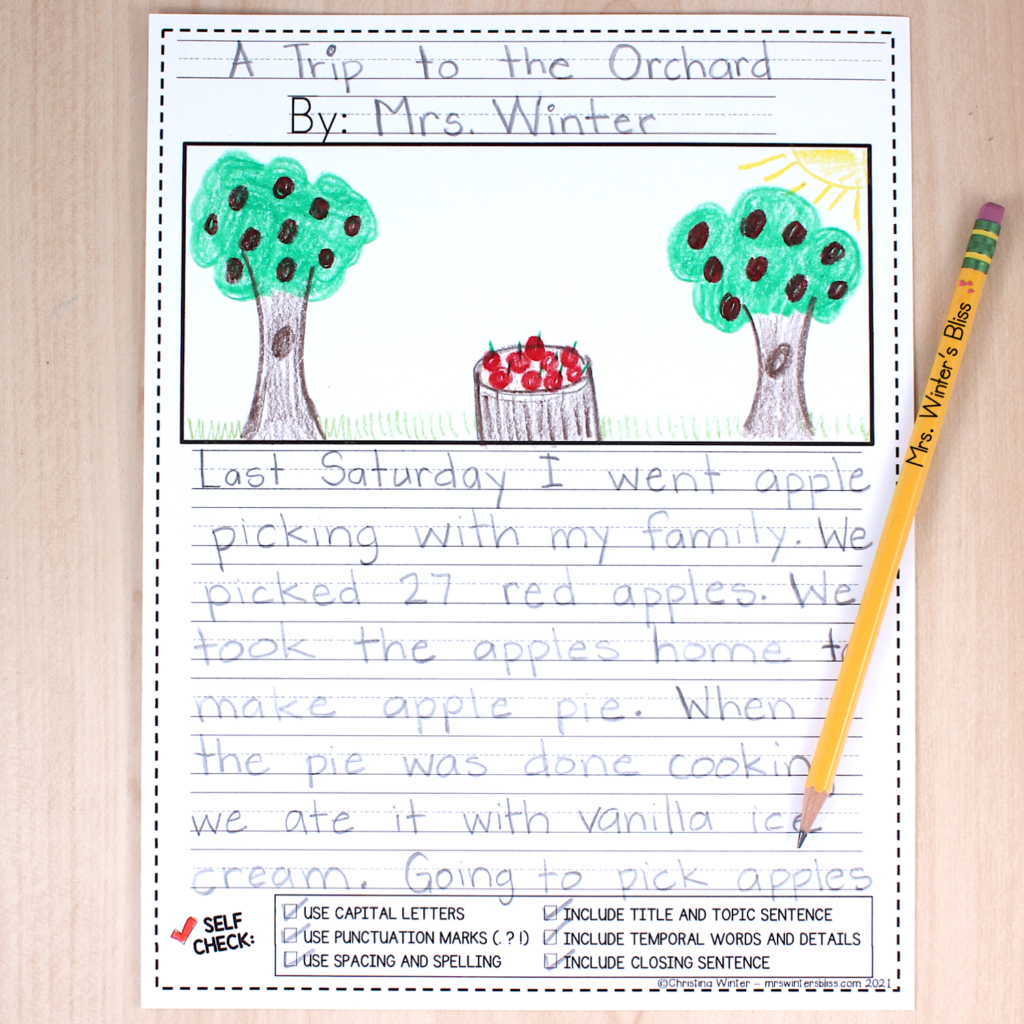
Finally, reread your work aloud to ensure it makes sense and that the events are in the correct order. Check for any silly mistakes and come up with a fitting title!
3. Use Anchor Charts
You want your students to know that when they write a narrative piece they are writing a story to entertain the reader. It can be a true, personal story from their life, or an imagined fictional one. Creating an anchor chart with this information helps to remind students their purpose for writing.
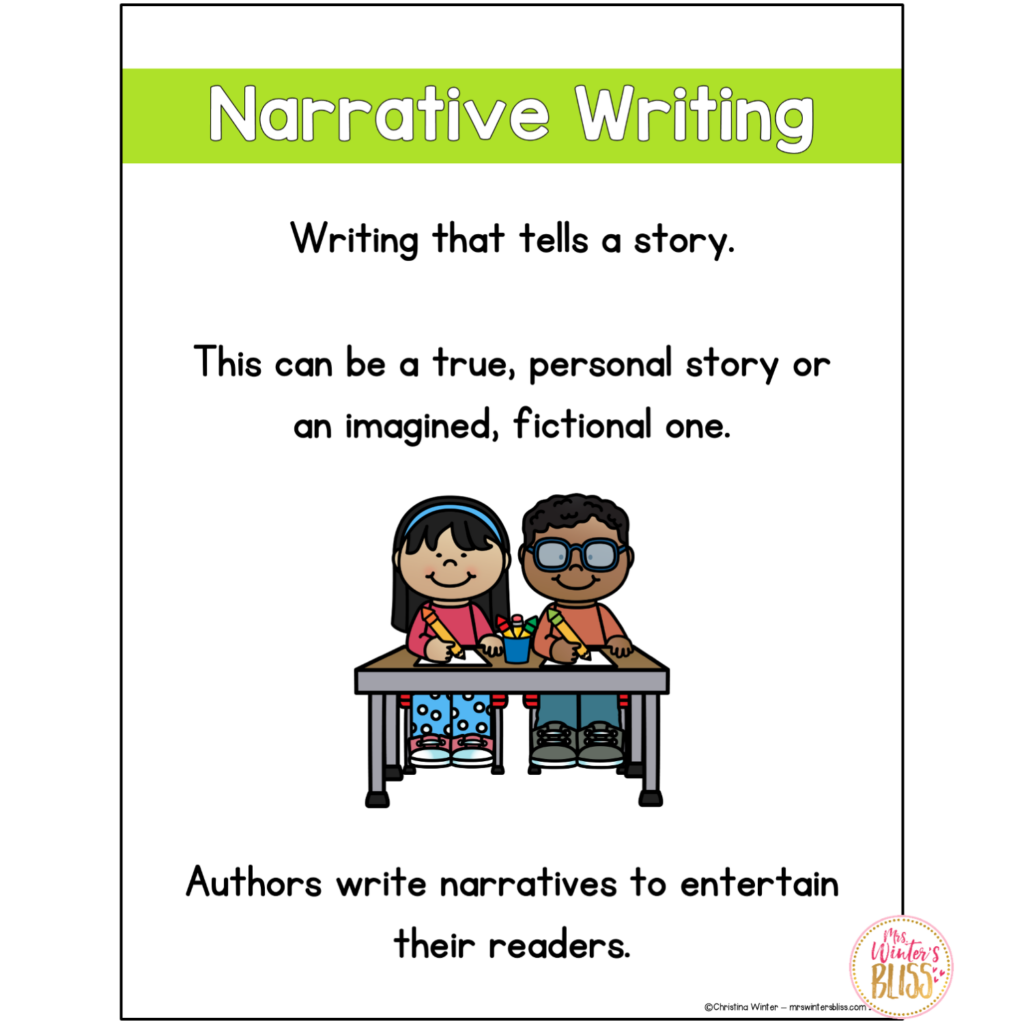
Create a second anchor chart that reviews temporal words. Words such as yesterday, today, first, next, or last describe time or order of events and help make a narrative story more clear for the reader.
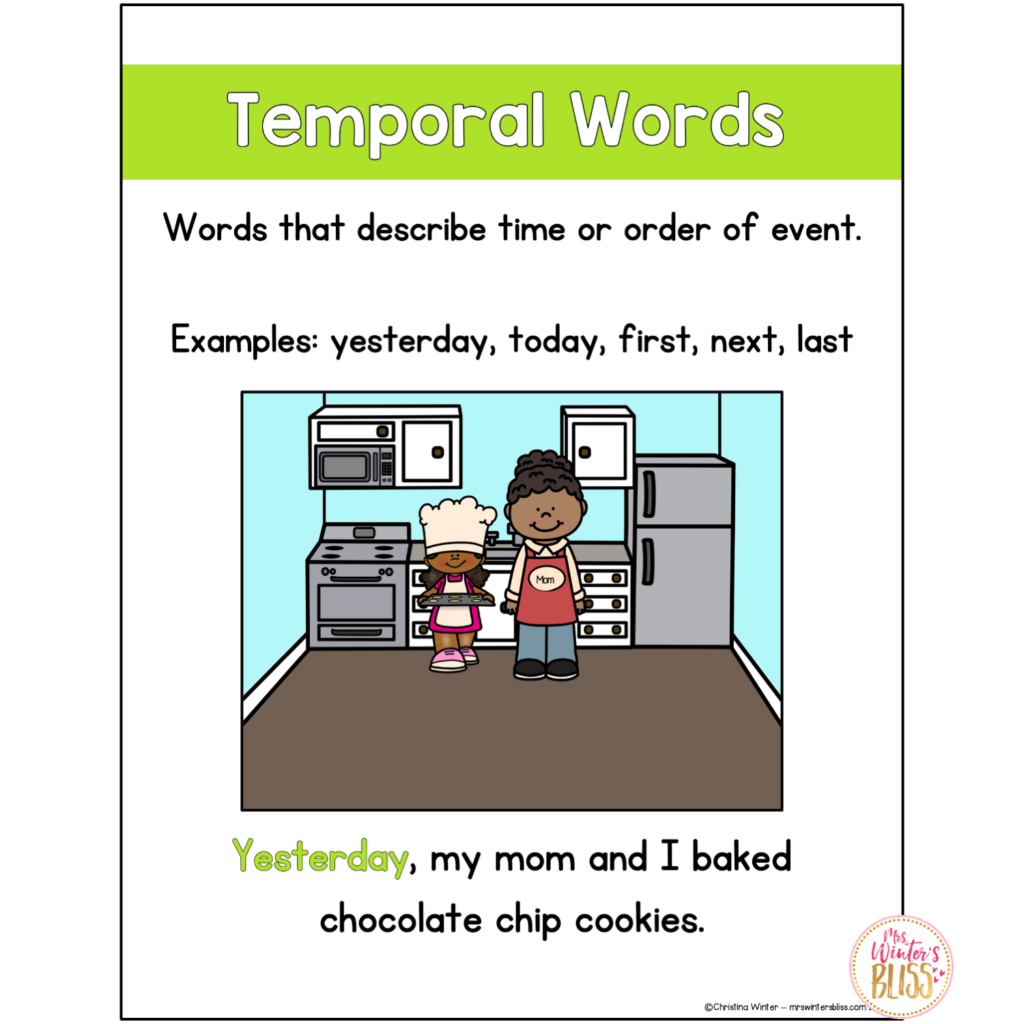
When writing fictional narratives, an anchor chart of fictional sentence starters can help students to get ideas for a story.

Finally, you’ll want to create an anchor chart using the writing you model. This will serve as another example of excellent narrative writing. As a class, add labels to identify the title, the topic, temporal words, details, and the closing sentence in your shared writing.
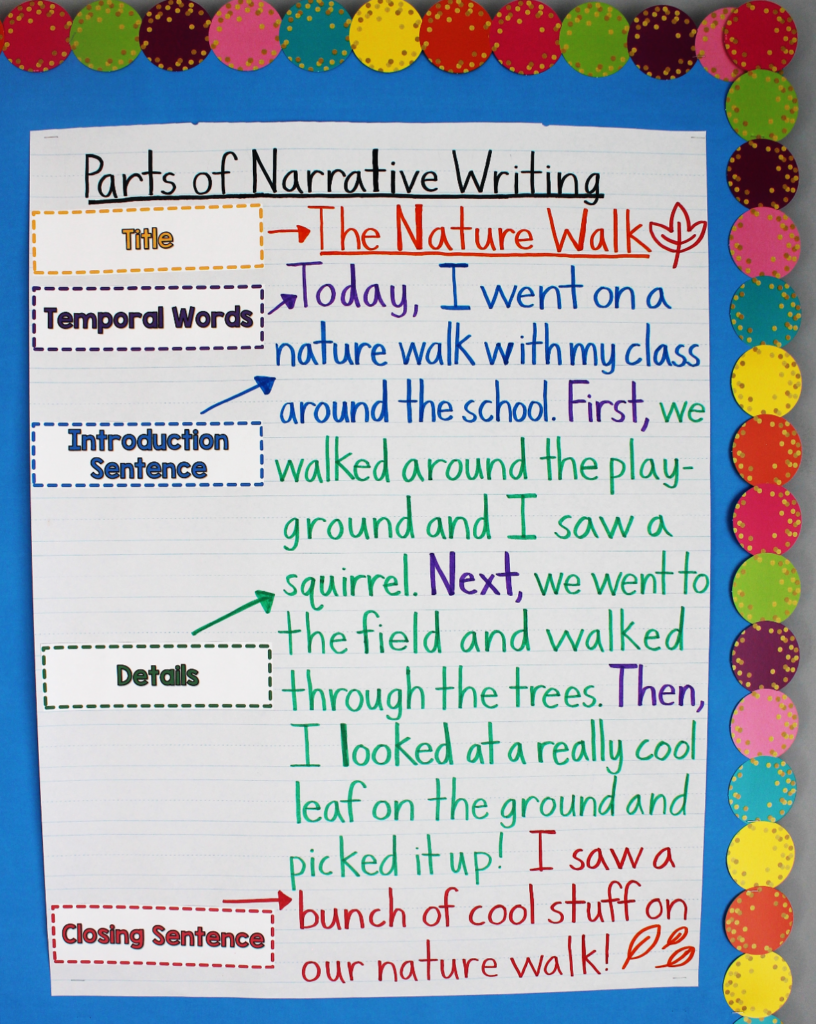
All of these anchor charts can be posted in your writing center. Encourage your students to refer back to them and use them as support as they write their own pieces.
4. Allow students to edit and share their writing
Provide a good writers checklist at your writing center. For narrative writing you’ll want the checklist to include items such, “Does my writing have a title?” “Is there a clear beginning, middle, and end?” “Did I use temporal words?” as well as reminders to check for spelling, capitalization, and punctuation errors.
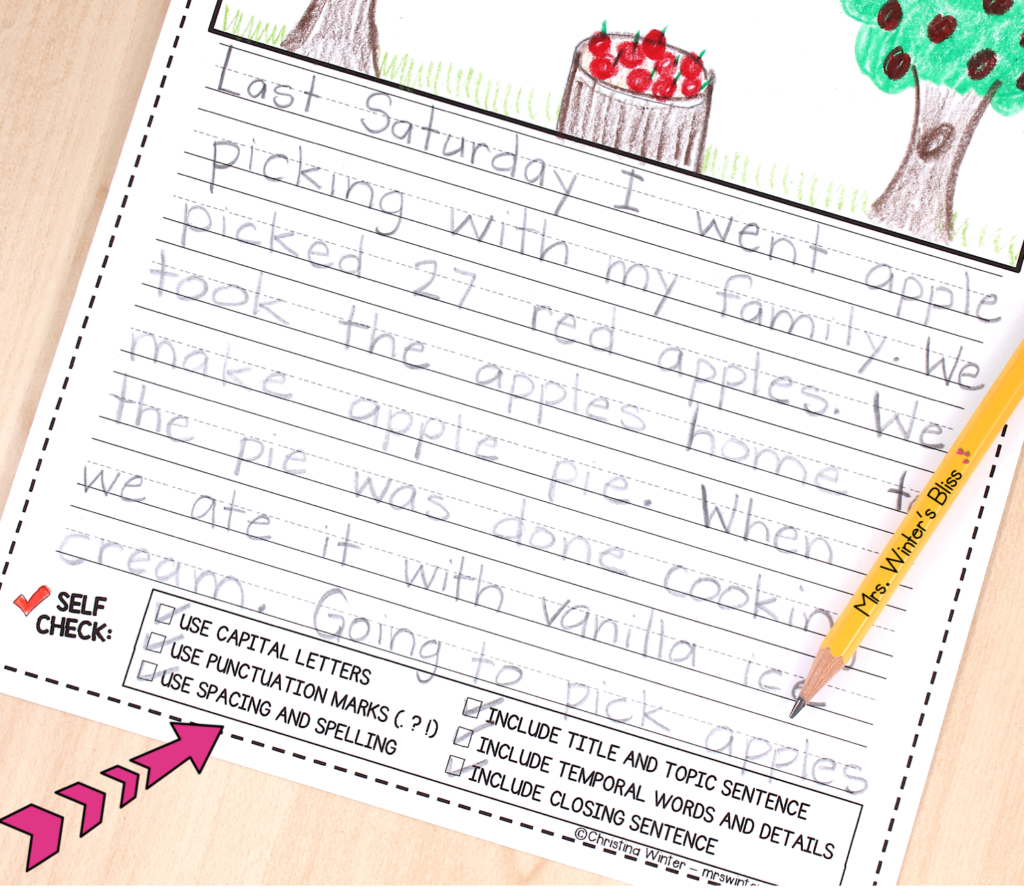
You can also create a rubric specific to the genre. Model how you use it to assess your own work and how it can be used to provide feedback to others.
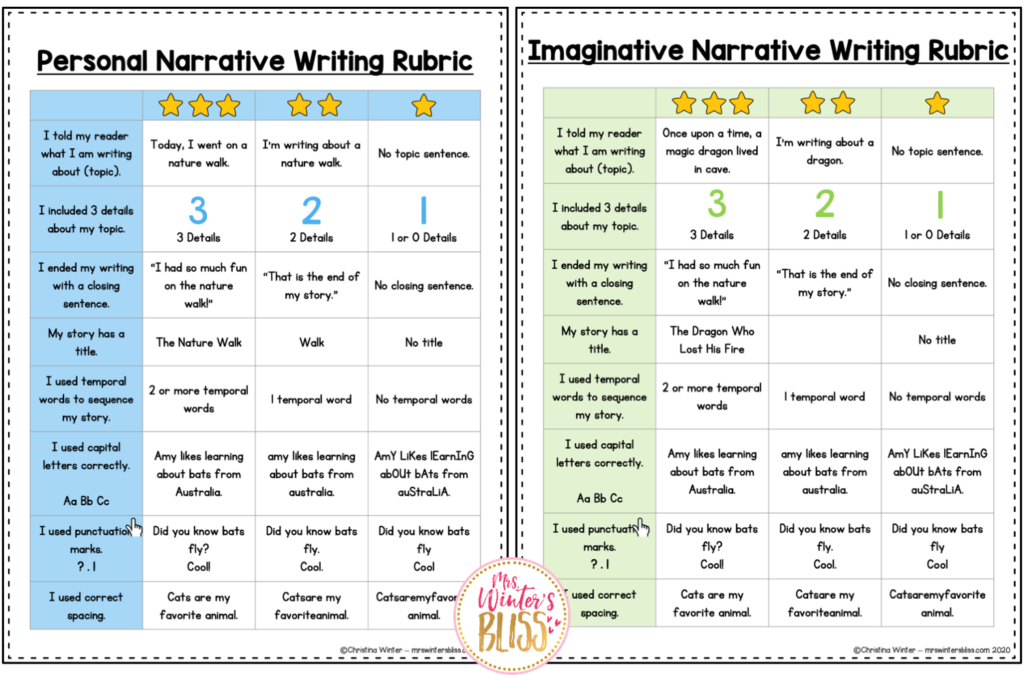
Give students the opportunity to share their writing with others! Pair students with partners and let them read their pieces to each other. Encourage them to provide feedback using the editing checklist and the rubric as a guide.

5. Provide Daily Opportunities for Students to Write
As with all things, writing takes PRACTICE! Students need dedicated instructional time to learn the skills and strategies necessary to become effective writers, as well as time to practice what they learn.
When you think about your daily instructional schedule, make sure you are giving your students ample opportunities to practice their narrative writing through whole group instruction, small groups, and/or through independent practice in writing centers.
Narrative Writing Units For Kindergarten, First, and Second Grade Students
Today I’m excited to share with you the details about my Kindergarten Narrative , 1st Grade Narrative , and my 2nd grade Narrative writing units! I love them because they have ALL the resources you need to give your students the practice needed to master narrative writing.
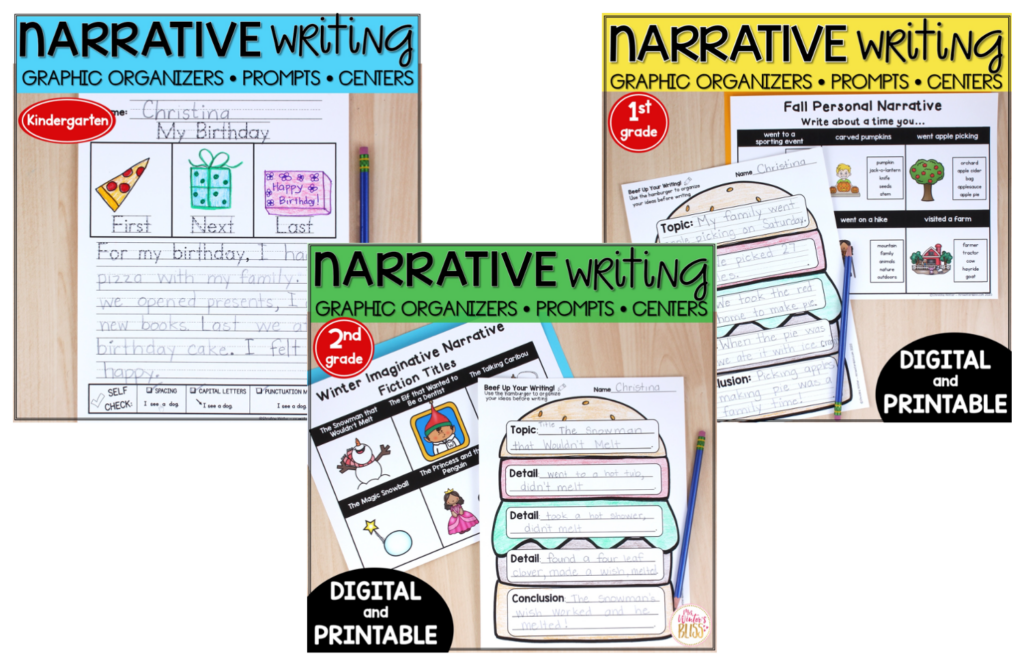
These narrative writing units were developed with standards-based research specific to each grade. You can use them within whole class or small group lessons, or as a literacy center activity where students can practice narrative writing independently!
Let’s take a closer look at each one….
Kindergarten Narrative Writing Unit
The kindergarten resource has everything you need to incorporate narrative writing into your literacy centers all year long!
To help your students better understand the genre you’ll get two mini-lessons , one on personal narratives and the other for imaginative narratives. I recommend focusing on personal narratives at the start of the year and moving onto imaginative narratives in the second semester.
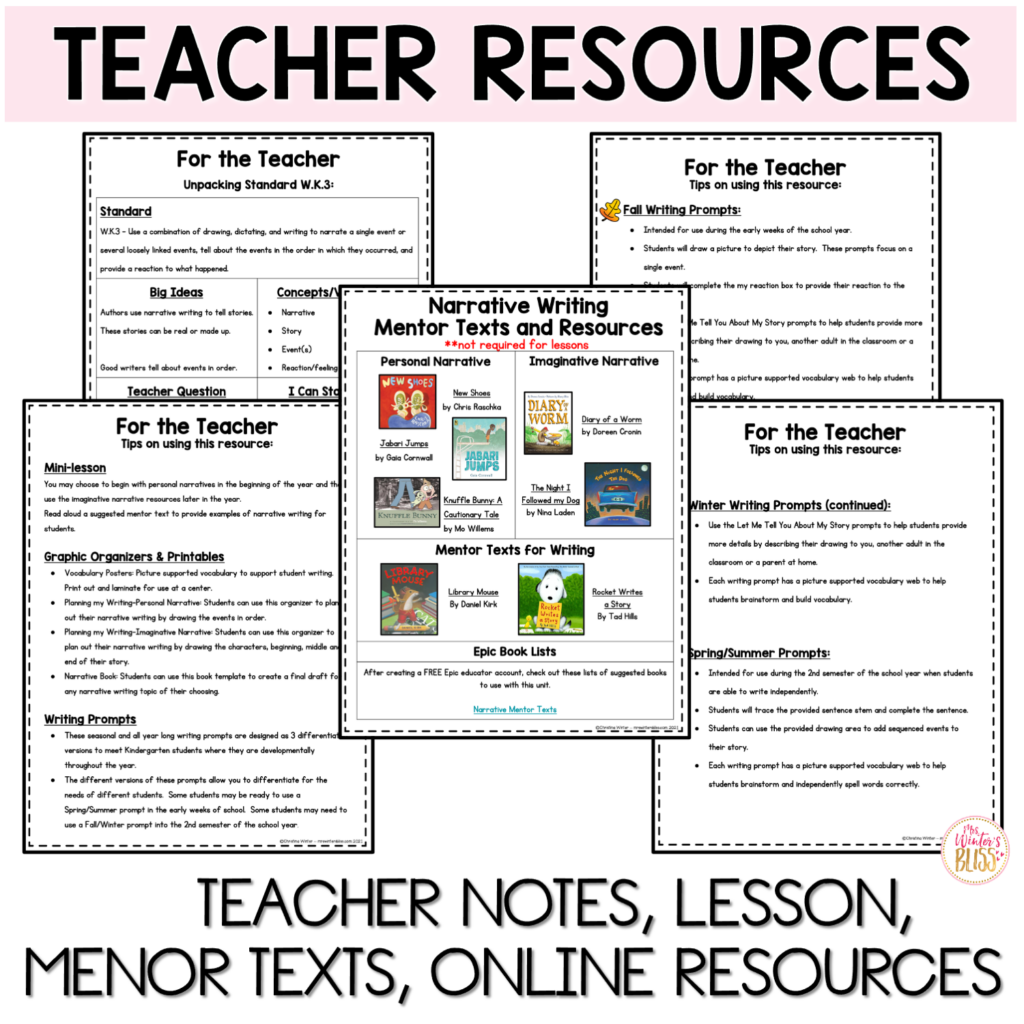
You’ll also get a list of suggested mentor texts and online resources, academic vocabulary posters, printable anchor charts, graphic organizers and differentiated writing prompts.
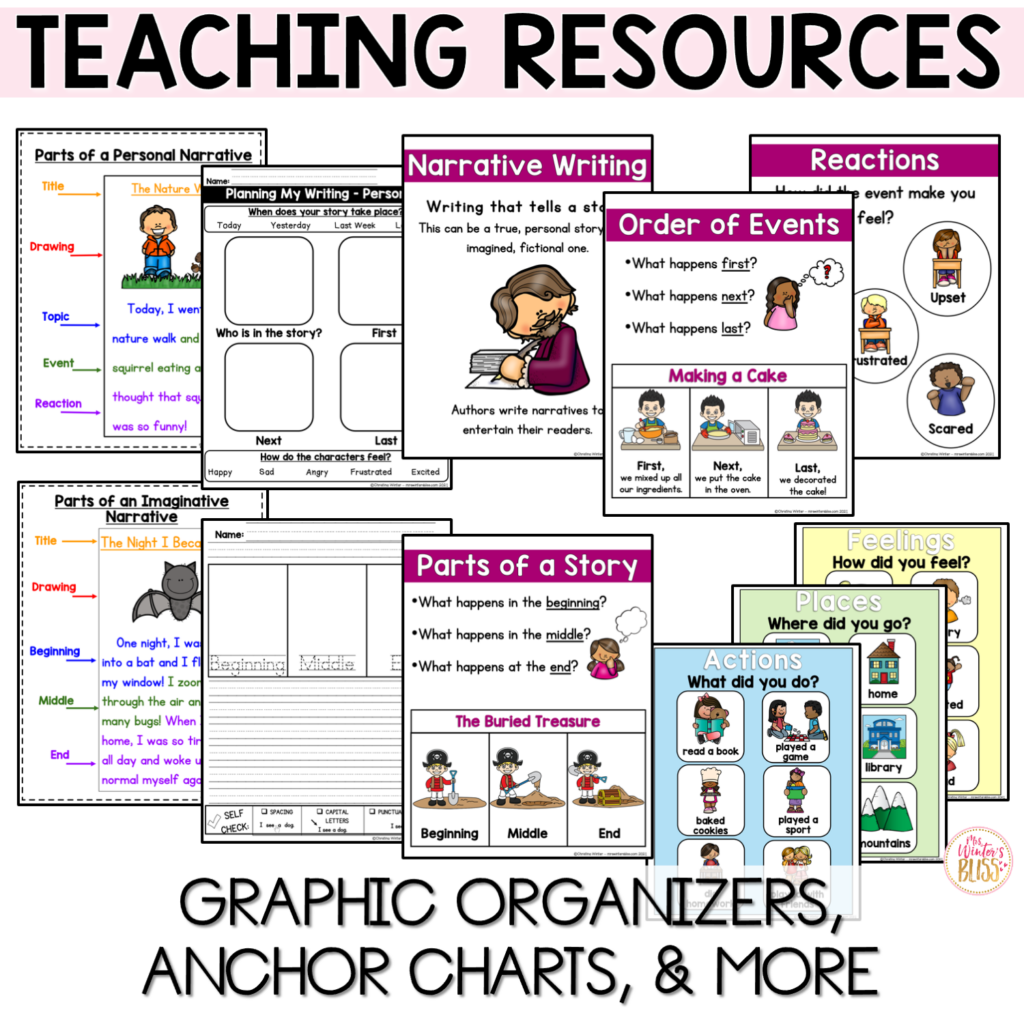
These seasonal and all-year-long writing prompts come in 3 differentiated versions to meet your Kindergarteners where they are developmentally throughout the year. Each writing prompt comes with a vocabulary word web to assist young writers in brainstorming ideas and spelling words while writing.
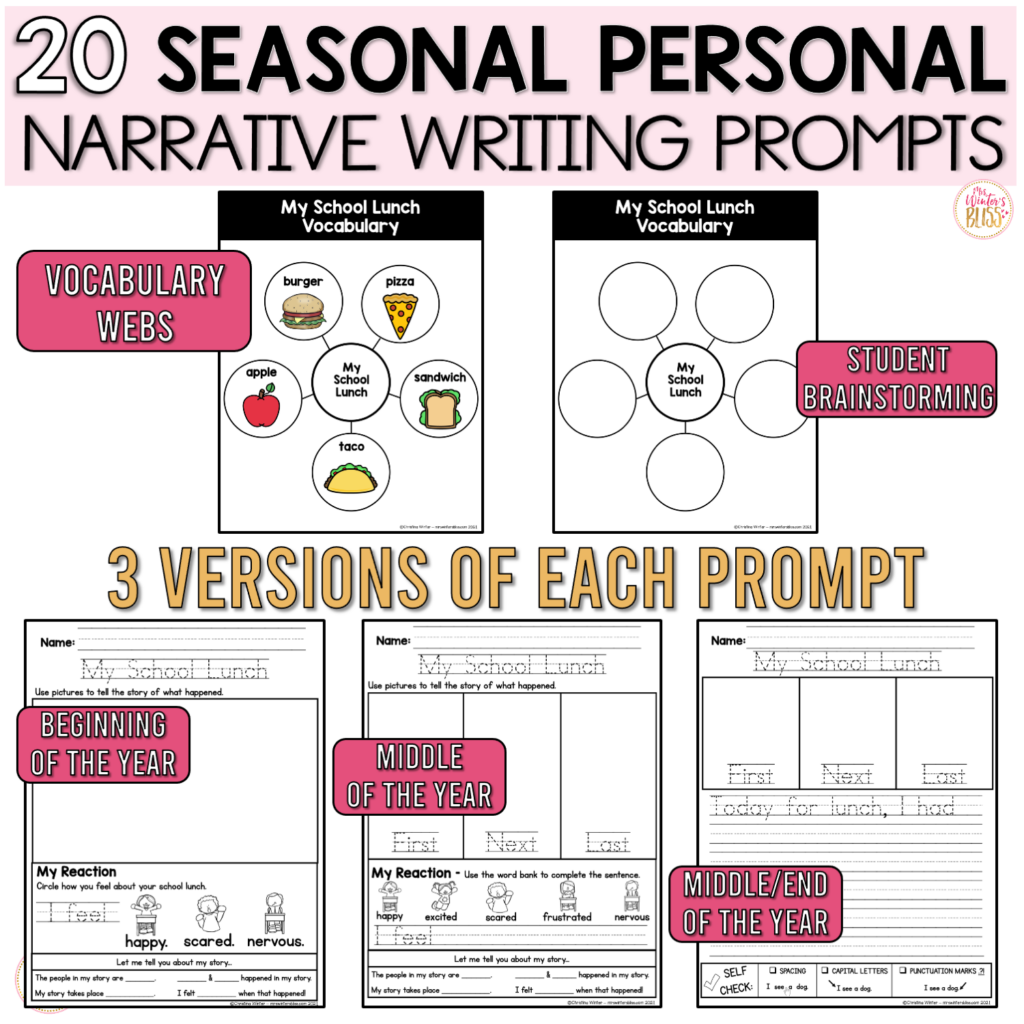
Finally, you’ll get a narrative writing editing checklist appropriate for the kindergarten level.
First Grade and Second Grade Narrative Writing Units
The first and second grade resources were designed with standards-based research specific to grade. You’ll get a personal narrative mini-lesson and imaginative narrative mini-lesson to use as a review of the genre. You’ll also get a list of suggested mentor texts and online resources, academic vocabulary posters, anchor charts, graphic organizers and seasonal writing prompts!
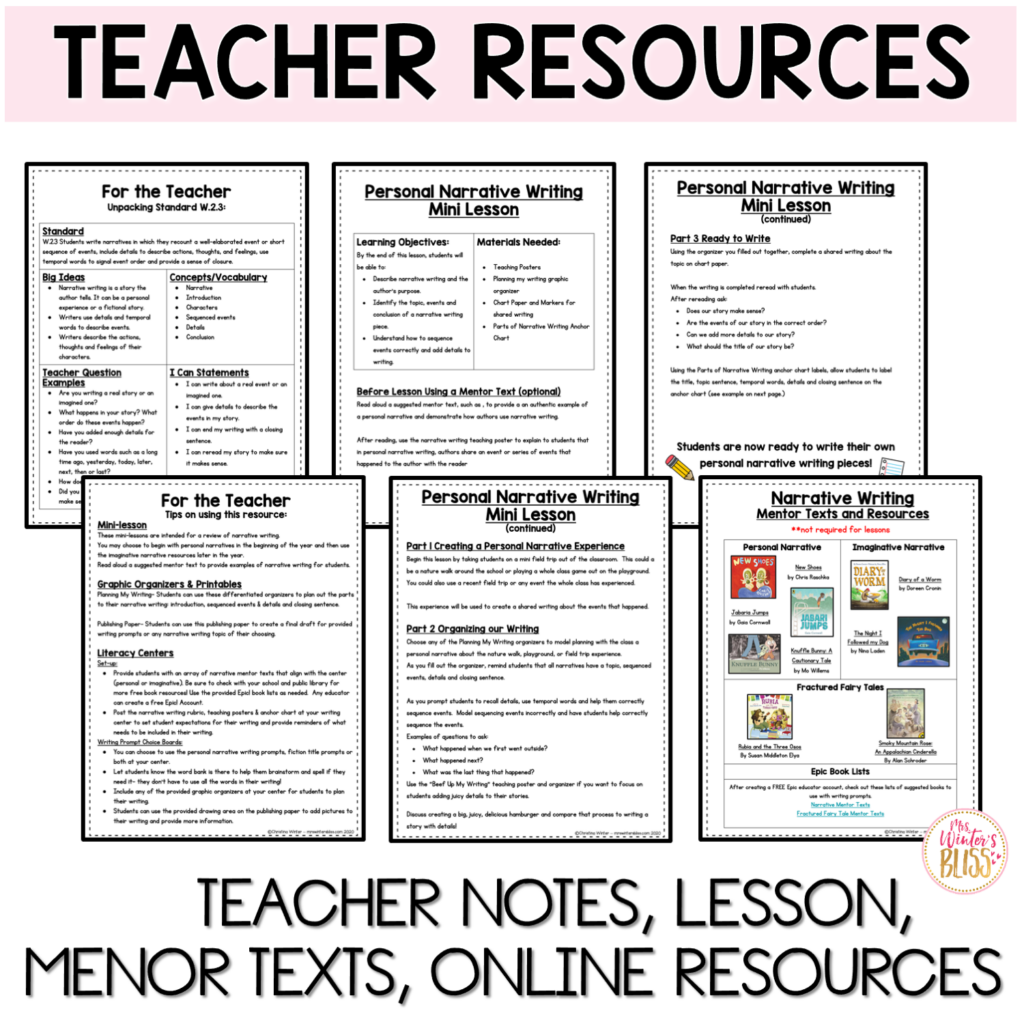
You won’t hear students say, “I don’t know what to write about!” when they are using this resource! The seasonal writing prompts include choice boards for personal narratives and imaginative narratives, as well as sentence starters and vocabulary banks to assist in brainstorming ideas and spelling words while writing.
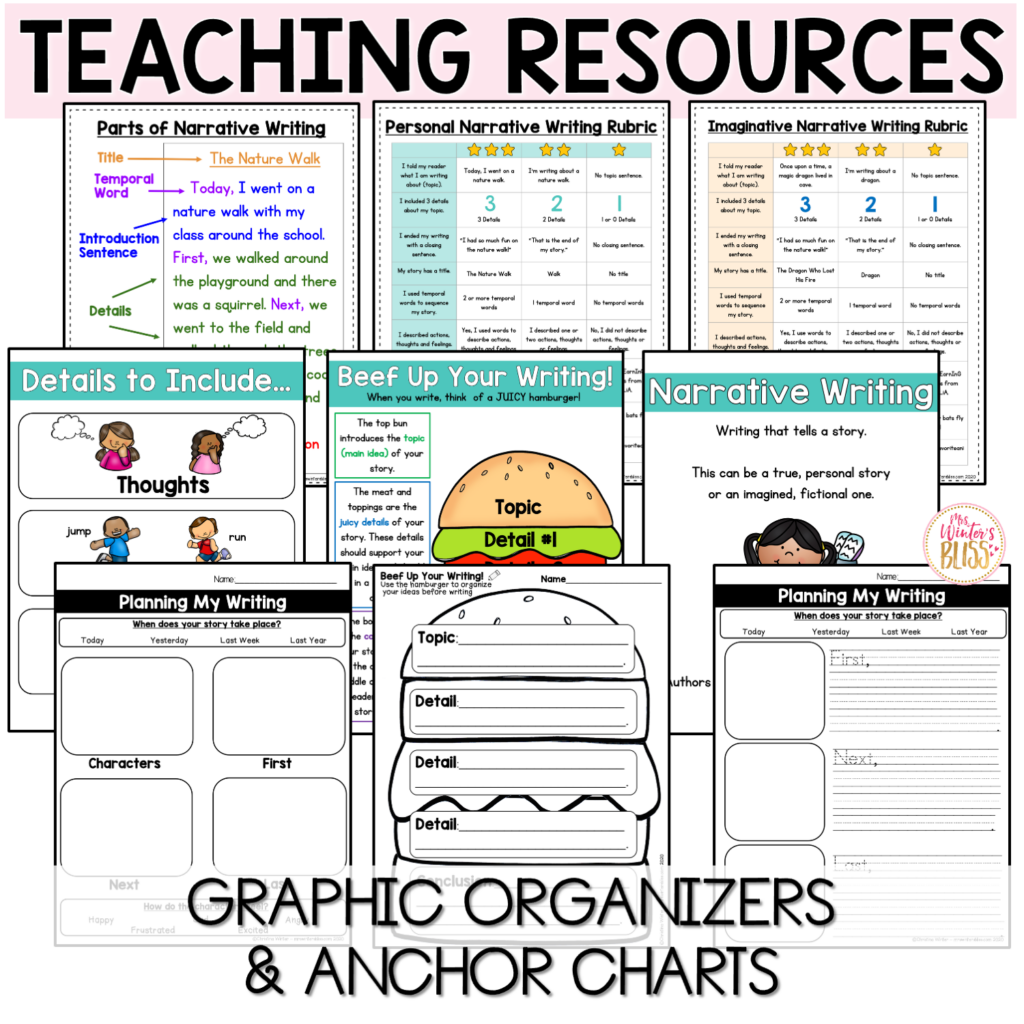
The personal narrative and imaginative narrative seasonal prompts are both PRINTABLE & DIGITAL. The digital version has been PRELOADED for you, with 1 click add them to your Google Drive or upload them to SeeSaw.
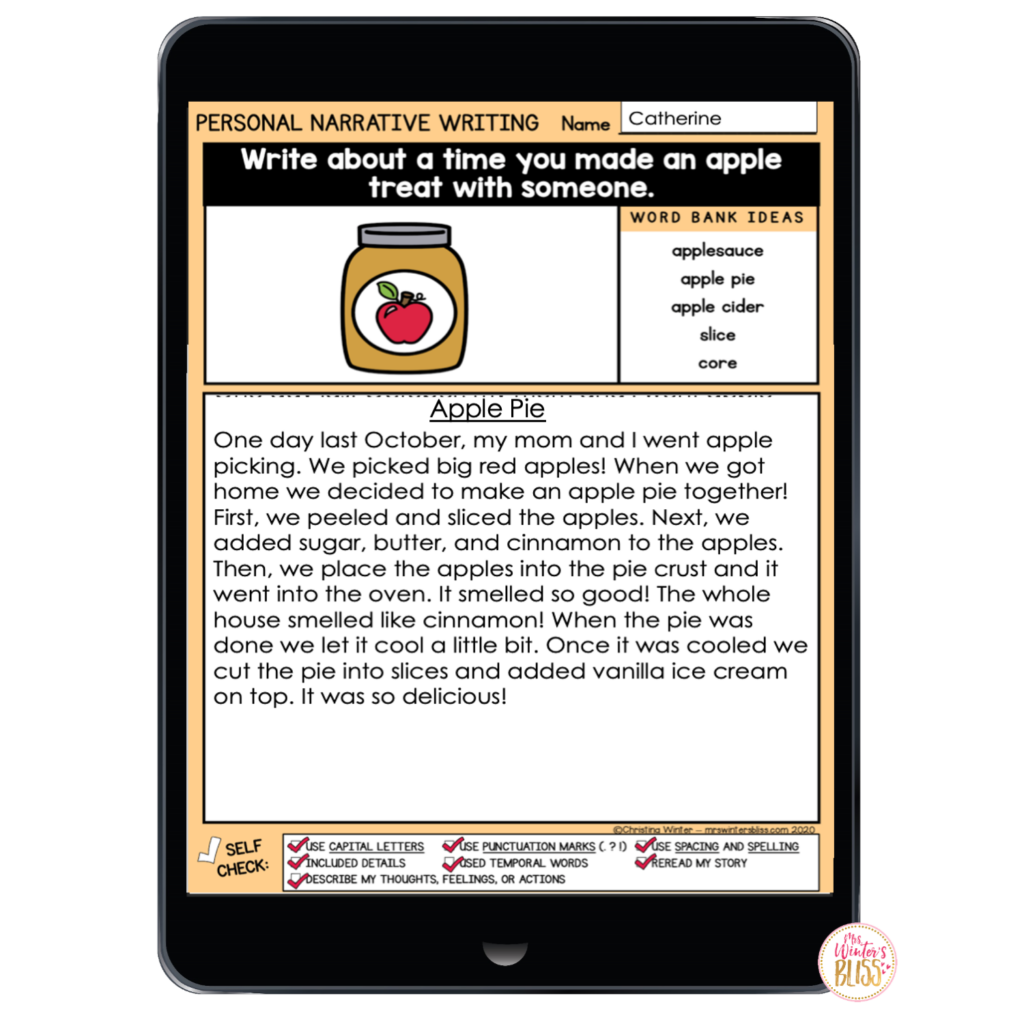
Finally, you’ll get self-editing checklists and rubrics for both personal and imaginative narrative writing. The rubric makes a great self-assessment tool and can be used as a guide for peer feedback.
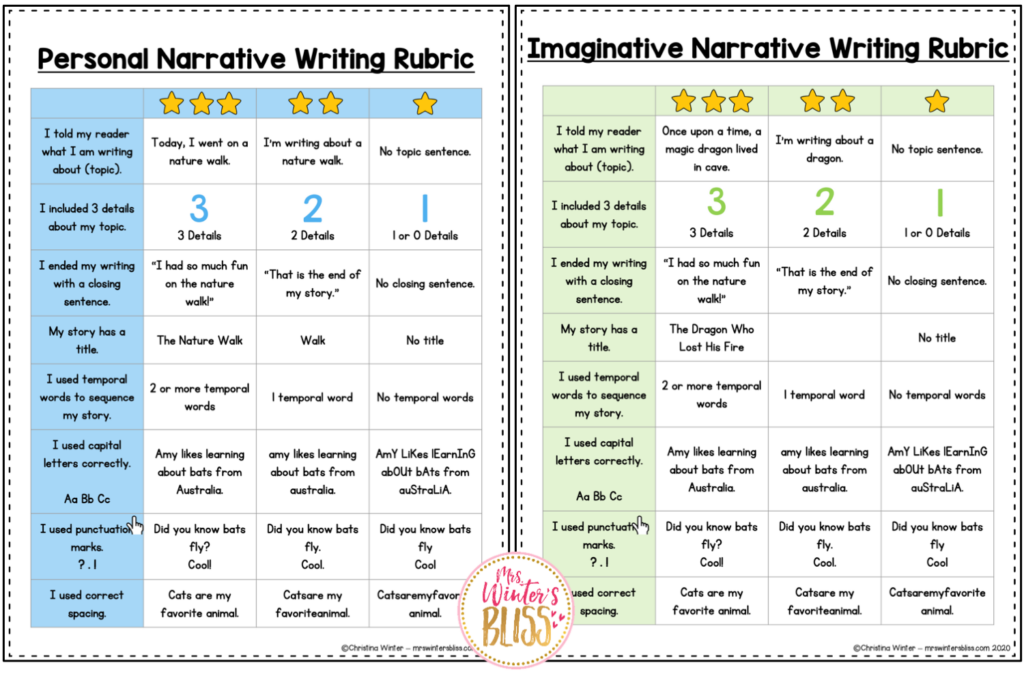
I love these resources because they can be used in so many different ways. They offer opportunities for students to practice both personal and imaginative narrative writing as a whole class, in small groups, as a literacy center activity, for homework, or as a meaningful activity for when they have a substitute teacher!
FREE Narrative Writing Graphic Organizers
Are you ready to begin teaching Narrative Writing in your classroom? To help get you started, I am happy to offer you 3 FREE narrative writing graphic organizers! You can download them here.
Writing is an essential skill that benefits students well beyond the walls of our classrooms. As teachers, we work hard to plan engaging activities that we hope will build our students’ confidence and help them to develop a lifelong love of writing.
I hope the information and resources I’ve shared on narrative, opinion and informative writing will help to bring stronger instruction and more meaningful writing practice to your kindergarten, first and second grade classrooms!
-shop this post-
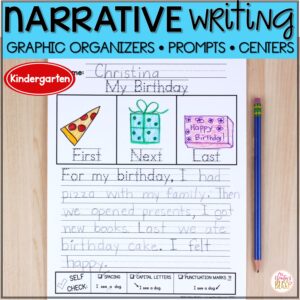
– PIN for LATER –
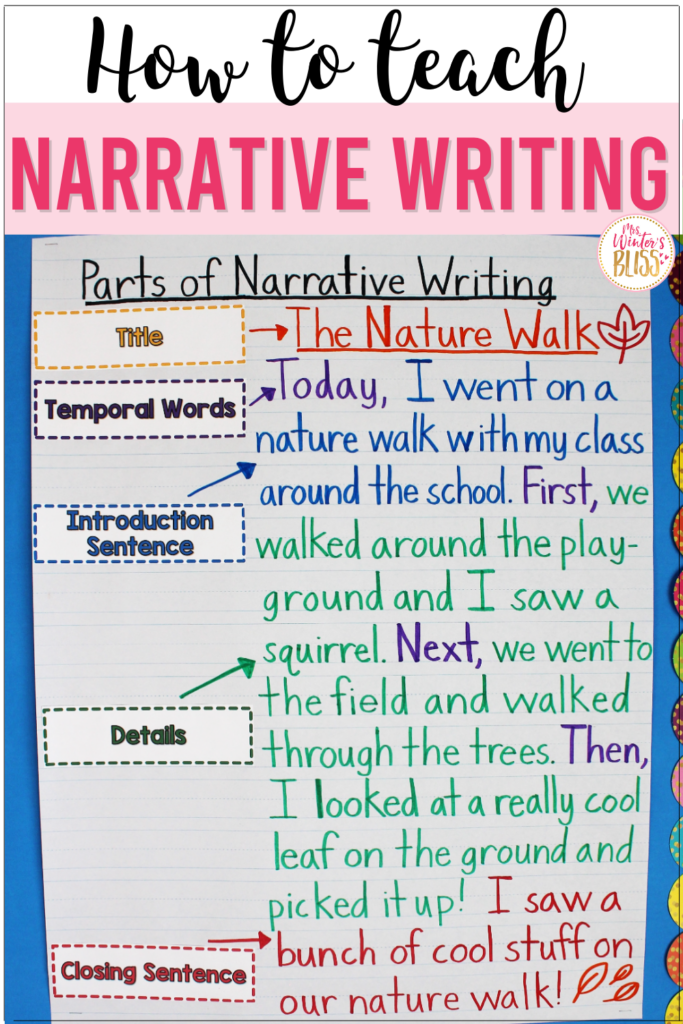
FIND WHAT YOU NEED
Teaching resources.

BLISS IN YOUR INBOX
COPYRIGHT © 2024 · TERMS AND CONDITIONS
- Grades 6-12
- School Leaders
FREE Poetry Worksheet Bundle! Perfect for National Poetry Month.
We’re in Love With These 23 Fantastic 2nd Grade Anchor Charts
Our favorites for math, language arts, and beyond.
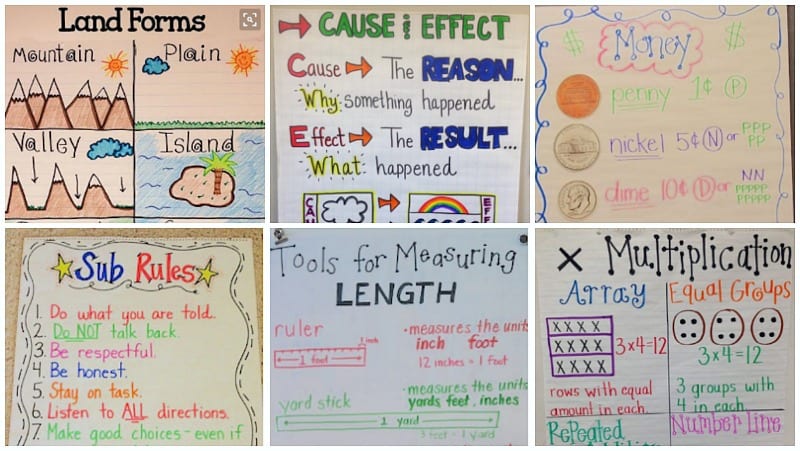
We searched high and low to find some of the best 2nd grade anchor charts for your classroom. Here are our top picks. If you have a favorite we missed, be sure to include the link in the comments. We’d love to keep this list growing!
1. Number Place Value
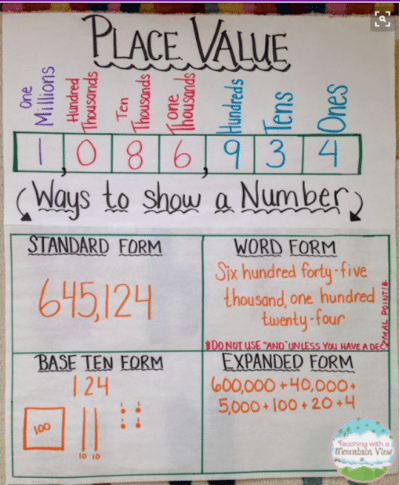
Source: Teaching With a Mountain View
This 2nd grade anchor chart really helps kids visualize place value when it is written out in all the following ways. This way, children can see exactly where the number falls when talking about ones, tens, hundreds, etc.
2. Telling Time AM & PM
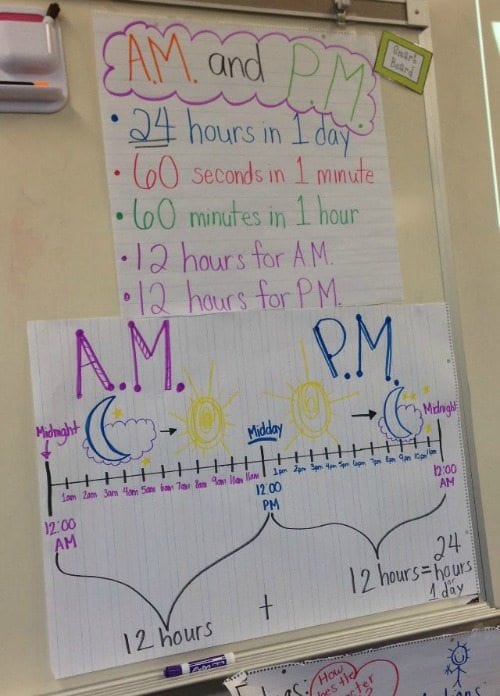
Telling time can sometimes confuse kids…what is the difference between AM & PM? Why does 3:00 happen twice a day? This chart will show kids just why and how we break down a 24-hour period.
3. Telling Time with a Clock
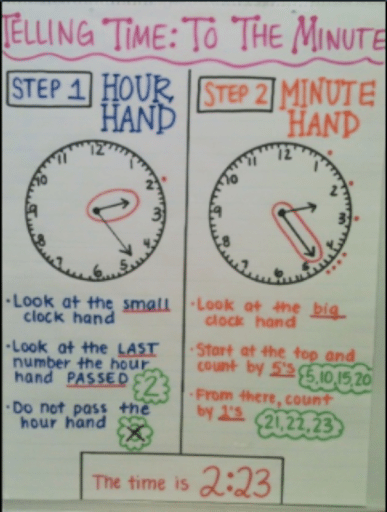
Source: My Classroom Ideas
When starting to learn how to tell time using a clock, this anchor chart will help kids see how to count to get an accurate time. Place this by your classroom clock and kids will get it right every time.
4. Cause & Effect
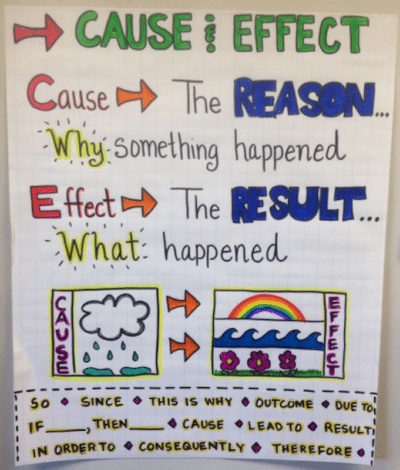
Source: Second Grade Superheroes
In learning, there is almost always a cause and an effect. The rain makes the garden grow; the helpful kids make a teacher smile. This anchor chart will allow kids to see cause and effect while reading.
5. Land Forms
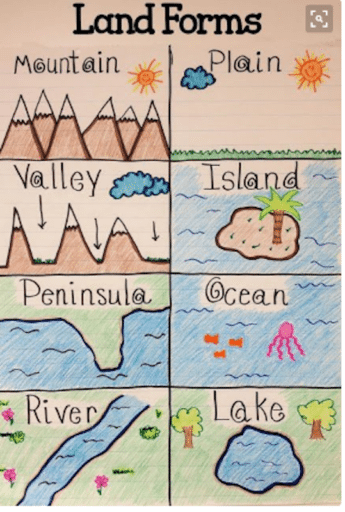
Source: Teacherific in 2nd Grade
This colorful and well-made anchor chart shows what makes a land form so that kids can get a picture of their differences.
6. Multiplication Aide
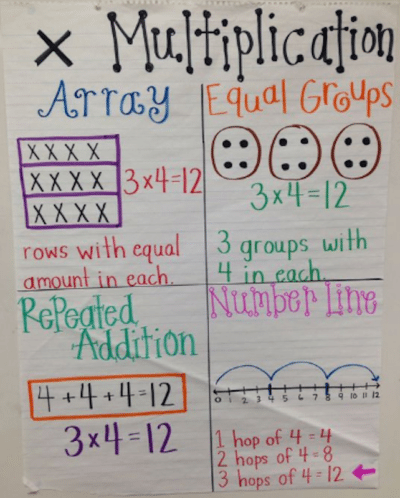
Multiplying can confuse 2nd graders, but this chart shows them four different ways to arrange numbers so multiplying is a breeze.
7. Addition and Subtraction Clues
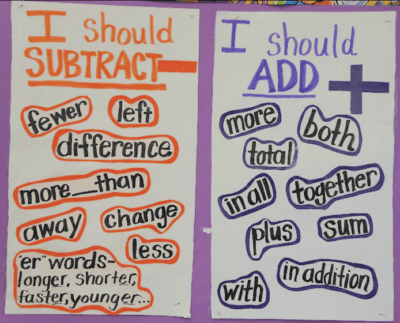
Source: Smartsy and Artsy
It’s easy to confuse the two, but when we listen for the right words, it makes figuring out whether to add or subtract really easy. These charts are great for giving clues for kids.
8. Compare and Contrast using a Venn Diagram
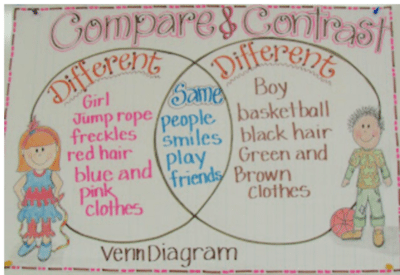
Source: 2nd Grade Smarty-Arties
Introduce kids to Venn Diagrams in a simple comparison between a boy and girl. They can use this type of diagram in many different compare-contrast situations.
9. A Good Reader…
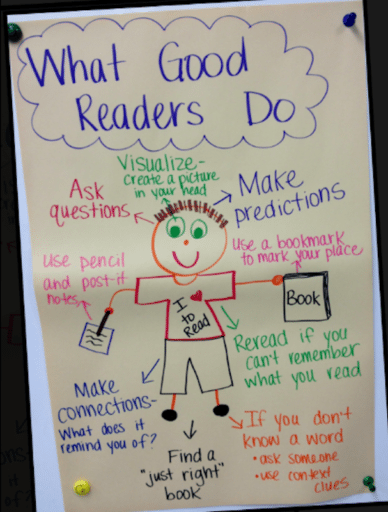
Source: Ms. Third Grade
This is a great chart to put in your classroom library or reading nook. It’ll help readers of all levels better understand the story and pay attention to details.
10. Plant Basics
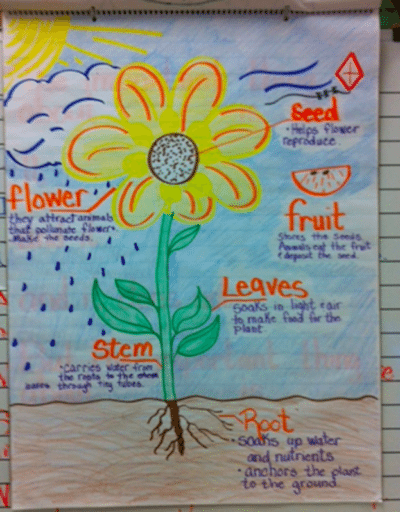
Source: 2nd Grade Ponderings
If you’re planning a plant unit this year, this is a great visual for the kids to see all of the different parts of the plant and what they do.
11. Homophones
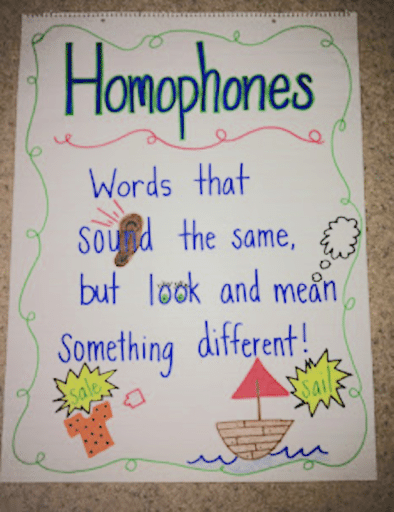
Source: Teaching with Terhune
When introducing a confusing word such as “homophones” help kids see that it is just a big word for something simple. Use an easy example to show it. For example, sale/sail or blew/blue.
12. Teaching Contractions
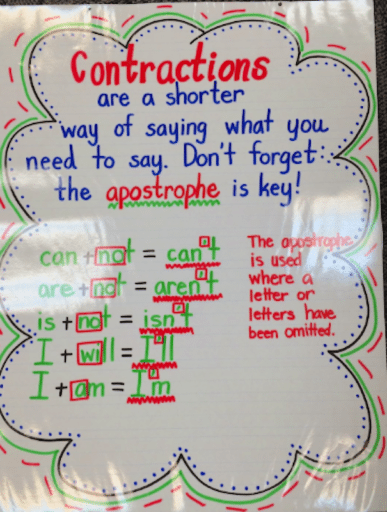
This anchor chart shows a few common examples of contractions and how two words combined make a contraction.
13. Writing Ideas

Even second graders can get writers block. If kids have no clue what to write about, show them this chart to get them started on the “write” path.
14. Substitute Teacher Rules
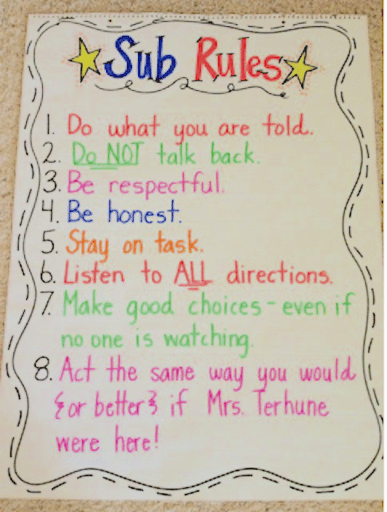
If you’ve wondered how your students act when a different teacher is in the room, this chart will outline rules that apply if kids question. Your sub will appreciate it too!
15. Tools for Measuring
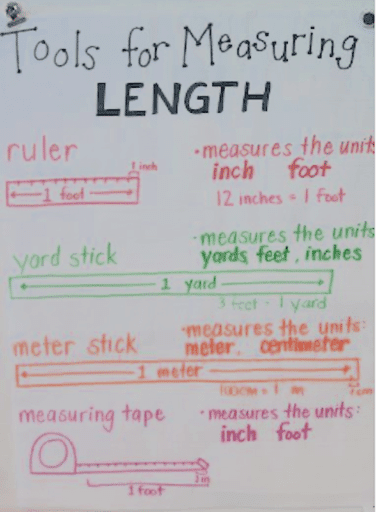
Source: Mrs. Braun’s 2nd Grade Class
When working on measuring in the classroom, have the kids use all of these different tools of measurement. Then display this chart so they can figure out which tool to use when they need to.
16. Verb Fun
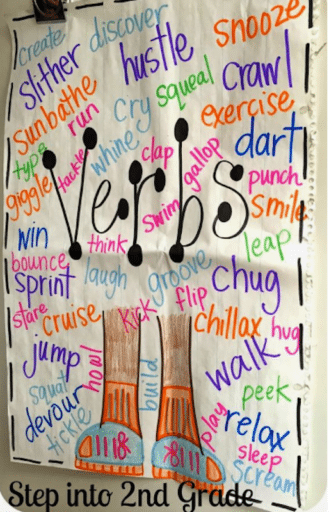
Source: Step into 2nd Grade with Mrs. Lemons
This is a fun one to do as a classroom activity. Have the students list as many verbs as they can and put them on a chart. We love the creative verbs on this chart.
17. Money Refresher
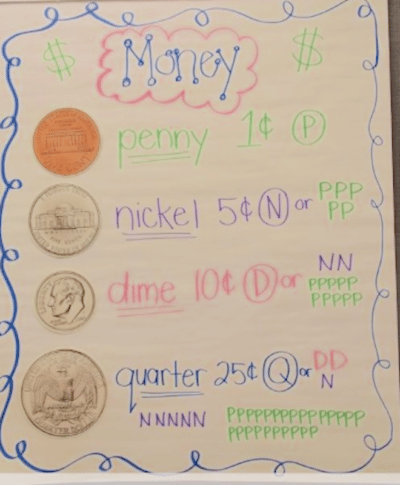
Source: A Day in First Grade
If you’re on a money unit and you need a refresher chart for your kids, this is a great way to display the value each cent has and how it compares to the other coins.
18. When is it OK to Interrupt?
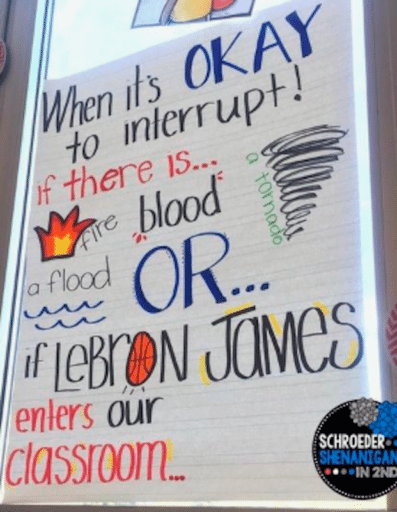
Source: Schroeder Shenanigans in 2nd Grade
Tired of interruptions? Give your kids a chart on when it is OK to interrupt. Insert your favorite celebrity or author if you feel LeBron James isn’t worthy of an interruption.
19. Poetry “Rules”
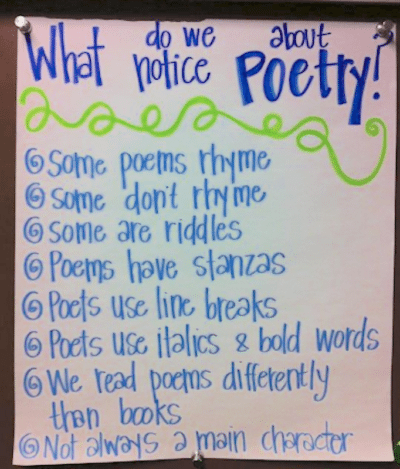
Source: A Literate Life
Poetry often has its own set of rules. When introducing poetry to your students, have them come up with a list of things that they notice when reading poetry.
20. Property of Zero
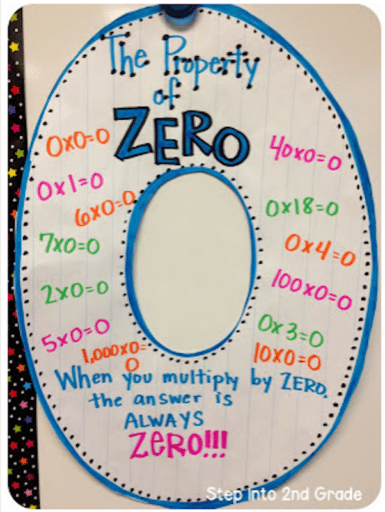
Source: Step into 2nd Grade
This is an easy concept to learn, but it makes it even more fun when made into a chart in the shape of a zero. Kids will always remember this rule with this in the classroom.
21. Property of One
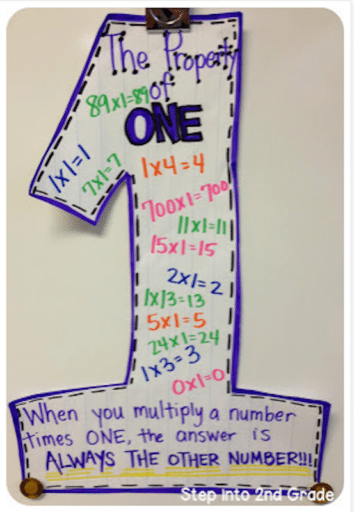
Another simple way to remember the rule when multiplying anything by one. Kids will have an easy time remembering this rule, too.
22. Helping Out with Division
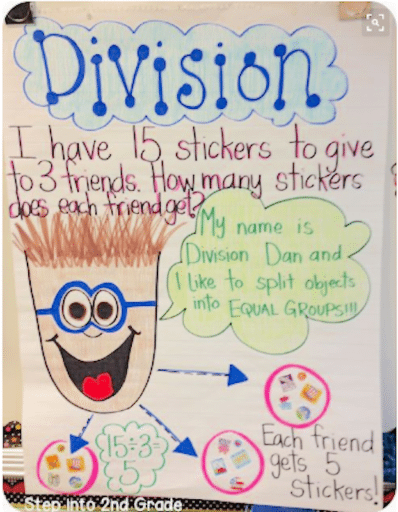
When introducing division, it’s always helpful to give something a fun personality, such as Division Dan.
23. Filling Buckets
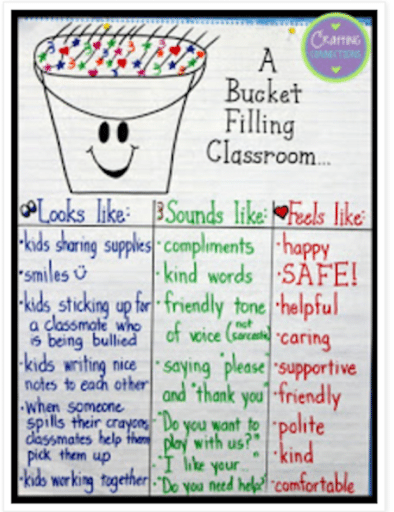
Source: Crafting Connections
And finally, if your classroom is in need of some cooperation and caring, try a bucket filling chart that will show kids what makes a classroom work in a positive light.

Copyright © 2023. All rights reserved. 5335 Gate Parkway, Jacksonville, FL 32256

Want 20% off your first purchase?
5 must-have anchor charts to teach personal narratives.
Teaching personal narratives is always fun. Kids love to tell stories and putting their stories to paper is exciting, but it can also be challenging. Focusing on one memory or event, zooming in on the moments that are worth telling, and captivating their audience in the process are all a part of the narrative writing process that helps students develop as storytellers and writers.

Carefully developing mini-lessons that will help students as they write their own personal narratives is an important part of planning your narrative writing unit. Here are a few ideas for anchor charts as you are planning your narrative writing unit.

1. Thinking of ideas
Narrative writing tells a story and a personal narrative tells a story from your own experiences. Discuss personal narratives, important parts to include in a personal narrative, and how to think of ideas for your personal narrative.

Have students think of ideas and share topics that could be their own personal narratives. Have them generate a list of their own ideas.

2. Elements of a personal narrative
Discuss the story elements of the story: the setting, characters, problem, solution, and how a story has a clear beginning, middle, and end. As authors, we have to limit the number of characters and places the characters visit so that we are staying zoomed in on small moments.

Create an anchor chart of story elements that students will include in their personal narrative. Encourage students to consider where their memory or event took place, use a sequence of events so that it is clear to the reader, add details that are important and stick with the small moment of the memory, develop the characters to help the reader get to know them, show your feelings, use your voice as a writer.
These are all ideas that will help as students begin their writing. Incorporating all of these elements in a clear and concise way will keep the story interesting to your reader.
3. Using voice in your writing
When you put feelings into your writing, your reader will get to know you and your story will be one that they want to read. Encourage students to use voice in their writing so that their writing sounds like them. Their voice becomes their own writing style and writing personal narratives is the perfect time to explore that style. You can use vivid language and details, express thoughts and feelings, and let your personality show.

Students are the experts of their own narratives!


4. When to start a new paragraph
Students become so focused sometimes on how long a paragraph needs to be that they forget that the quality of the paragraph is just as important as the length.

Discuss with your students:
- A paragraph starts on a new line and indents.
- Use transition words to change paragraphs smoothly.
- When do we start a new paragraph?
- Should we simply count 5-6 sentences and then indent?
Create an anchor chart as a reminder to start a new paragraph when someone new is introduced in the story, when a new event occurs, when a new person is speaking, when the setting changes, or the topic/idea changes.
5. Adding in more details
Adding details to writing while revising is an important step because while writing personal narratives only your students know the details of their stories. They want their readers to know all they need to know!

How can you add details?
- Add in adjectives
- Show more action, use verbs to help show the action
- Use dialogue when you can
- Show your feelings about the events/memories
- Add in details that only YOU know! Your reader was not there, but YOU were!

Looking for more ideas for writing workshop?
You can find more tips and ideas for narrative writing in this post.
Find some ideas and tips for persuasive writing in this post.
And check out all of my posts about writing workshop in one place!
Shop the resources featured in this post:
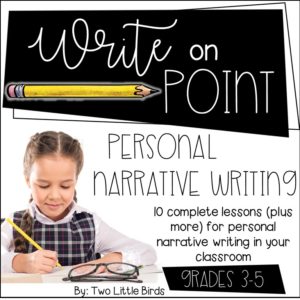
Happy writing!

Home » Anchor Charts » 17 Engaging Personal Narrative Anchor Chart

17 Engaging Personal Narrative Anchor Chart
As teachers, we’re always looking for ways to make our lessons more interactive and engaging. However, it can be challenging to find activities that are interesting and fun. You also want to deliver a lesson that keeps students focused on the task rather than what they’ll be eating for lunch or what they will do after school. That’s especially tricky when teaching a complex topic like personal narrative writing .
As you’ll probably already know, in personal narrative writing activities, students create an account of a specific life event using the first-person point of view . It’s a type of creative writing that can spark meaningful discussions among classmates and the teacher.
Anchor charts are great visual tools that help you and your students better understand concepts and ideas that are new or difficult to grasp. In addition, anchor charts help your students understand and retain information in the long term. They are easy to make and can be done in a few minutes.
Table of Contents
Elements of a good personal narrative anchor chart, introduce the elements of good personal narrative writing, different ways of presenting personal narrative anchor charts, teaching personal narrative – resources from teach simple, other personal narrative resources.
For writing assignments like personal narrative writing, you can ask your students to create their own anchor charts that include key terms and concepts. Alternatively, you could get their creativity flowing by drawing up a chart of literary devices like metaphors, similes, personification, etc. You could include examples of each concept on your chart to help your students better understand the information – the more creative, the better!
Personal narrative writing is more effective if students understand the essential elements of good writing. Some of the key elements you could illustrate in your chart are:
First, you need to include basic story elements that still apply to personal narratives. These include:
The sequence of events or plot
A plot is a plan for a narrative, including its beginning, middle, and end, characters, and setting. A plot functions as a roadmap for your narrative, showing readers where it is headed and what surprises lie ahead.
The setting
The setting of a story isn’t just about location; it also includes time period, weather, and mood. The setting is more than just a backdrop; it plays an integral part in the story. It may be set at any time or place as long as it is clearly defined. The setting establishes the story’s tone, mood, and characterization.
Developing well-rounded characters
Even though it is a personal narrative, the reader won’t necessarily know the author or their backstory. Good stories are driven by characters. Characters also serve as readers’ eyes, filtering the story’s events through their perspective. Besides shaping the plot, characters push the story forward.
A problem and a solution
A personal narrative, like any story, doesn’t necessarily have to be a harrowing tale about stopping an evil genius from taking over the world or solving a crime. Instead, it may be about an account of the student trying to convince their parents to get them a new bicycle or banding together with friends to outwit a bully. Anything can be a problem. A tangle between characters, a choice to be made, or a predicament to be overcome. It must, however, be solvable. If a problem is not solvable, it will not make a decent story.
Once you have reestablished these elements, you can start to introduce more specific details that will support a personal narrative
The narrative structure
Authors have to keep their narratives focused by not introducing too many characters or too many places the characters visit. You can create an anchor chart that lists the aspects of a good story. Students should consider where and when their memories or events occurred, create a precise sequence of events, including important details, and keep the narrative focused on the small moment.
Finding their voice
As a writer, you should use your voice to express your feelings, develop your characters, and express your ideas clearly and concisely.
This is a crucial element of all types of writing, but it’s essential in personal narrative essays. Students shouldn’t try to write exhaustive biographies in 500 words. Instead, they should write just enough to give readers insight into their personalities and experiences without going overboard.
Authenticity
Students should try writing their narratives as if they’re speaking to readers in person. This will help them avoid sounding overly formal or self-conscious. An authentic, casual style does more to connect with readers than anything else.
Specificity
Personal narratives shouldn’t be a series of general observations about life. They should focus on a specific event or series of related events.
So, how would you illustrate these points on a chart ? Here are a few ideas.
There is no wrong or right way to put an anchor chart together. It’s meant to be a creative process that helps you simplify concepts, making them easy for your students to take in. So here’s a little inspiration to get the creativity flowing.
Introduce structure
Students will be expected to create narratives throughout their education. Break down narrative writing into personal and fictional versions. Writing personal narratives help students improve their fictional writing skills, as well!
Hints and tips
This chart leads your students through the process of writing a narrative essay. You can model the process by using this in your pre-planning and writing/answering each of these components. For example, start by writing down a small moment from your life, then write down a catchy lead, and so on.
Personal narrative checklist
Checklists are an excellent tool for making students feel self-reliant and confident to tackle the task.
Focus on small moments
How do you eat an elephant? One bite at a time!
Draw it out
Younger children find it easier to express a narrative through drawing, especially when their writing skills are just beginning to emerge.
A Student’s Guide to Writing a Personal Narrative
Whether you are teaching in-person or doing distance learning , this resource is perfect for teaching your students how to write narratives.

Bilingual narrative writing graphic organizer
These worksheets will help students brainstorm and develop ideas before composing their narrative writing piece. They are available in English and Spanish.

My November journal: creative writing prompts
This journal is the perfect way to get your students to write daily and feel comfortable about their experiences.

Writing a memoir
This unit provides teachers with a four or five-week that includes daily lessons to help students delve deeply into memoir reading and writing.

Display charts filled with tips, checklists and reminders
Have a selection of visual reminders and tips on display, so your students can refer to them whenever they need a confidence boost.
Keeping focused
Students can become better writers by learning and practising moment writing. For example, personal narratives typically turn into lists of events. Still, students can see how much more meaningful their writing becomes by focusing on the most important moment.
Personal narrative graphic organizers
Giving students a planning tool to organize their thoughts will do wonders for their writing process. In addition, they can be adapted to suit the grade level and expectations.
Complete units
Aren’t we lucky we live in a time where we can share resources and ideas. So many bundles and complete units are available to kick-start our creativity and save us some precious time.
Thought starters and prompts
There are many reasons why children may need thought starters or writing prompts. For some children, these can help to stimulate their creativity and get their ideas flowing. For other children, it may be a way to help them focus on a particular topic or theme . Whatever the reason, thought starters and writing prompts can be a helpful tool for children in the writing process.
Mentor texts
Students should be exposed to a good example or two before they start writing their own personal narratives. Choose a powerful, engaging personal narrative mentor text to inspire them.
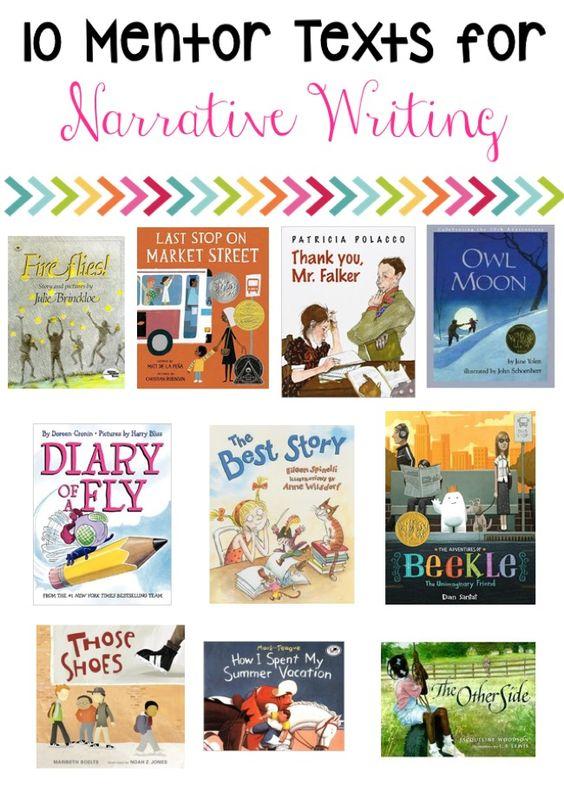
Personal narratives are powerful tools for connecting with others. They can help students make sense of their experiences and gain confidence in writing and sharing their stories. But it can be challenging to teach them how. As a teacher, you want to help your students understand the information they are learning and retain it long after they have left your classroom. Anchor charts are great visual tools that help your students better understand the concept of a personal narrative and organize their ideas .

By Nicola K Nicola lives in Johannesburg, South Africa. Before starting her career as a writer, she specialized in gifted education and now writes about education and supporting parents and teachers of children who are “different” according to commonly-held views.
Share Article:
Download unlimited teaching resources, join free today, teach simple.
The team behind Teach Simple is a small but dedicated group who are passionate about education and making a positive impact on the lives of teachers and students.
We have a lot of interesting articles and educational resources from a wide variety of authors and teaching professionals.
29+ Multiplication Anchor Chart to Count On
9+ inspiring narrative writing anchor chart.
Last Updated on July 17, 2023 by Teach Simple
The Tech Edvocate
- Advertisement
- Home Page Five (No Sidebar)
- Home Page Four
- Home Page Three
- Home Page Two
- Icons [No Sidebar]
- Left Sidbear Page
- Lynch Educational Consulting
- My Speaking Page
- Newsletter Sign Up Confirmation
- Newsletter Unsubscription
- Page Example
- Privacy Policy
- Protected Content
- Request a Product Review
- Shortcodes Examples
- Terms and Conditions
- The Edvocate
- The Tech Edvocate Product Guide
- Write For Us
- Dr. Lynch’s Personal Website
- The Edvocate Podcast
- Assistive Technology
- Child Development Tech
- Early Childhood & K-12 EdTech
- EdTech Futures
- EdTech News
- EdTech Policy & Reform
- EdTech Startups & Businesses
- Higher Education EdTech
- Online Learning & eLearning
- Parent & Family Tech
- Personalized Learning
- Product Reviews
- Tech Edvocate Awards
- School Ratings
3 Ways to Shrink a Leather Jacket
3 ways to stop kicking in your sleep, how to walk to lose weight, 3 ways to apply varnish, 5 ways to know what a girl wants in a guy, 3 ways to become a cinematographer, how to adopt a dog: 14 steps, 3 ways to access blocked sites without a vpn, 3 ways to fill sandbags, 3 ways to recycle old pots and pans, 15 clever anchor charts for teaching story elements.
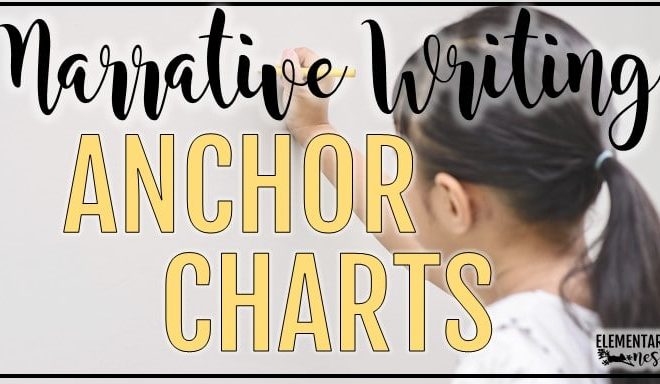
Anchor charts can be a powerful tool in the classroom to visually represent different aspects of a story. In this article, we will explore 15 clever anchor charts that can be used to teach story elements effectively.
1. Character Traits Chart: Create a chart that lists different character traits and provides examples from various stories. This will help students identify and analyze the personalities of different characters.
2. Plot Structure Chart: Illustrate the different components of a story’s plot, including exposition, rising action, climax, falling action, and resolution. Break down a well-known story to demonstrate how these elements work together.
3. Setting Chart: Help students understand the importance of setting by creating a chart that showcases different settings from a range of stories. Include details such as time, place, and atmosphere.
4. Conflict Types Chart: Introduce students to different types of conflict, such as man vs. man, man vs. nature, man vs. self, and man vs. society. Provide examples of each type to deepen their understanding.
5. Theme Chart: Explore common themes found in literature, such as love, friendship, courage, or perseverance. Encourage students to think critically about the underlying message of a story.
6. Point of View Chart: Teach students about different points of view, such as first person, third person omniscient, and third person limited. Use examples to show how the narrative changes based on the chosen perspective.
7. Symbolism Chart: Explain the concept of symbolism by creating a chart that identifies common symbols in literature and their associated meanings. This will help students analyze deeper layers of a story.
8. Foreshadowing Chart: Discuss the technique of foreshadowing by showcasing examples from well-known books or movies. Highlight how foreshadowing clues can hint at future events in a story.
9. Tone and Mood Chart: Help students understand the difference between tone and mood by creating a chart that demonstrates various examples. Discuss how the author’s choice of words and imagery contribute to the overall atmosphere of a story.
10. Character Development Chart: Display the stages of character development, from the introduction of a character to their growth and transformation throughout the story. Use specific examples to illustrate this process.
11. Figurative Language Chart: Introduce different types of figurative language, such as similes, metaphors, personification, and hyperbole. Provide examples to help students recognize and analyze these literary devices.
12. Context Clues Chart: Teach students how to use context clues to determine the meaning of unfamiliar words in a story. Include strategies and examples that demonstrate the process of decoding unknown vocabulary.
13. Plot Diagram Chart: Create a visual representation of a story’s plot using a plot diagram. Show the key moments, including the introduction of the conflict, the climax, and the resolution.
14. Genre Chart: Explore different literary genres, such as fantasy, mystery, science fiction, and historical fiction. Discuss the defining characteristics of each genre and provide examples to help students identify them.
15. Comparing Story Elements Chart: Allow students to compare and contrast story elements from different texts. Encourage them to analyze similarities and differences in characters, settings, themes, and more.
These 15 clever anchor charts for teaching story elements are sure to engage your students and foster a deeper understanding of literature. Use them as visual aids during instruction, and refer back to them throughout your lessons to reinforce key concepts. Happy teaching!
How to calculate real gsp
How to calculate real income.
Matthew Lynch
Related articles more from author.
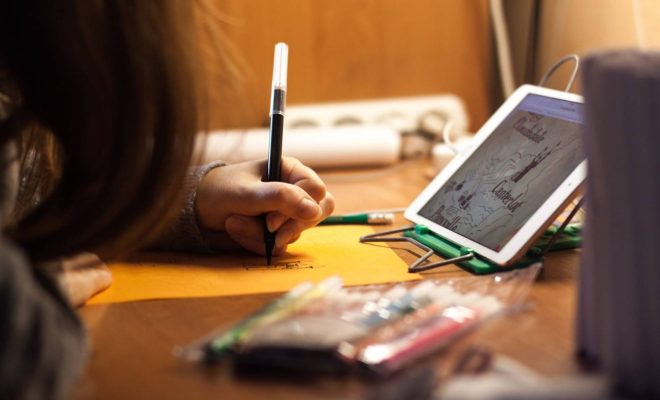
Get Our Free PowerPoint With 100 Writing Prompts for Grades 4-8

20 Tips and Tricks for High School Classroom Management
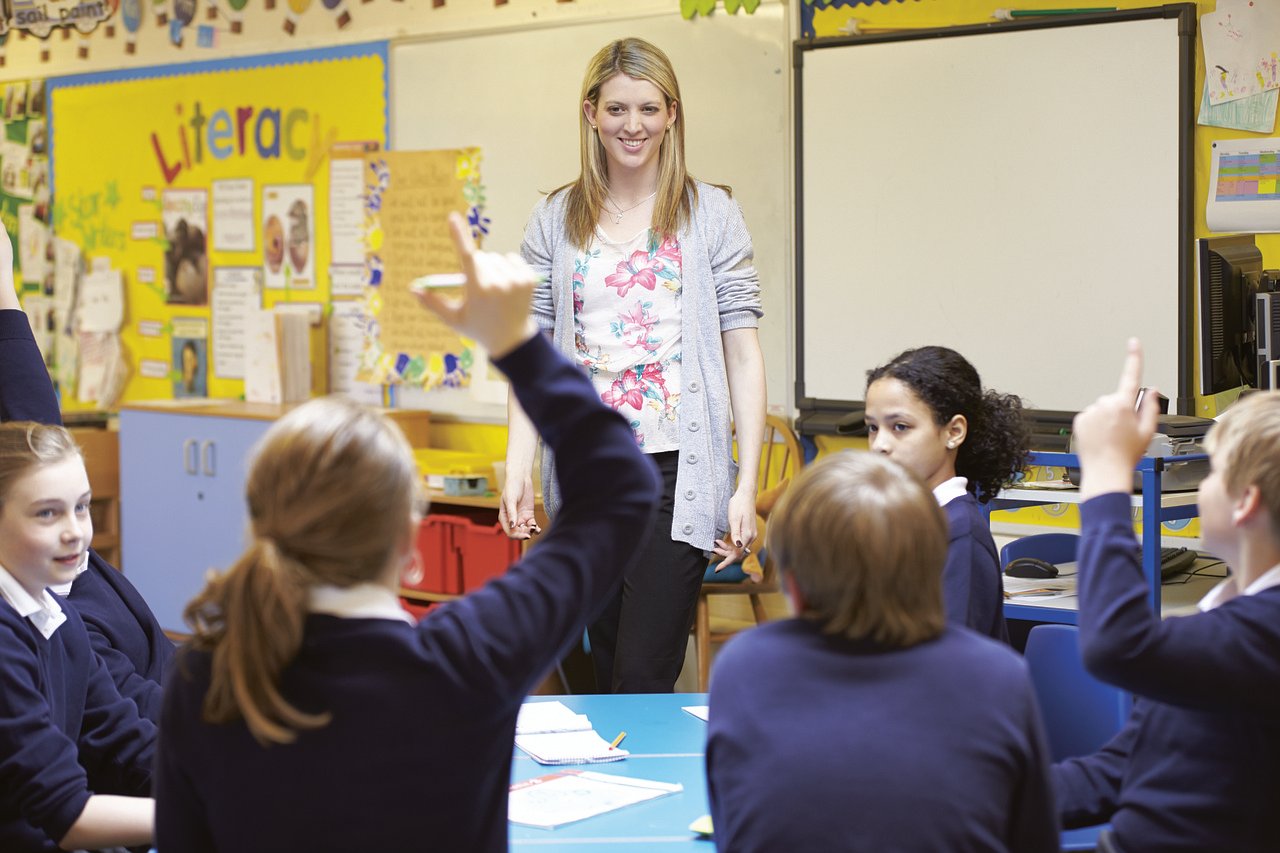
Activities to Teach Students to Identify Independent and Dependent Variables in Tables and Graphs

15 Awesome Classroom Activities That Teach Job Readiness Skills

Activities to Teach Students to Identify Multiplication Sentences for Equal Groups

20 Team-Building Games and Activities for Kids

As you begin teaching the narrative writing process, you may find an anchor chart helpful to show students a visual representation of the work they will be doing. There are many different routes you can take with the anchor chart, and you will likely find yourself creating multiple throughout the lesson. Here are a few examples of narrative writing anchor charts you may create.
1. Elements of a Narrative
One of the first steps in introducing students to narrative writing is showing them the important parts of the piece. Here are the most important ones upper elementary students should see on a narrative writing anchor chart.
- Setting: Where and when the story takes place.
- Characters: Introduce and describe the main characters.
- Plot: The sequence of events that make up the story.
- Conflict: The central problem or challenge the characters face.
- Resolution: How the conflict is resolved or addressed.
2. Narrative Writing Structure
Once you introduce students to the pieces needed to create a compelling narrative, you have to show them the framework for the writing. No one wants a story that’s all over the place. Following this simple structure will help. Lay it out on a narrative writing anchor chart for clarity.
- Hook the reader with an engaging opening.
- Introduce the characters and setting.
- Develop the plot through a series of events.
- Build suspense and tension.
- Show character reactions and emotions.
- Resolve the conflict.
- Provide a satisfying ending.
3. Writing Techniques
Kids will begin to master the initial concepts of writing, and as they do, you can encourage them to better their writing each time they start a new piece. This is where you create a narrative writing anchor chart about making the writing better each time! Give them these tips:
- Descriptive Language: Encourage the use of vivid and sensory details.
- Dialogue: Teach students how to use dialogue to bring characters to life.
- Transitions: Show how to use transitional words and phrases to guide readers through the story.
- Show, Don’t Tell: Emphasize the importance of showing actions and emotions rather than just telling.
4. Revising and Editing
This is the step most students dislike the most, but it’s the most important. Emphasize to your students how necessary it is to check work. Here are some common ways to edit a draft and make it as perfect as possible!
- Peer Feedback: Encourage students to share their writing with peers for constructive feedback.
- Self-Editing: Teach basic editing skills, focusing on grammar, punctuation, and spelling.
- Revising for Clarity: Emphasize the importance of clarity in storytelling.
5. Narrative Writing Prompts
To get you and your students started, use a few of these narrative prompts . Display them on a narrative writing anchor chart and let them choose as they begin.
- Write about a time when you faced a challenge and overcame it.
- Imagine you discover a magical object. Describe the adventure that follows.
- Create a story set in a futuristic world where technology has taken over.
- Write about a memorable moment from your summer vacation.
- If you could travel back in time, what historical event would you visit, and why?
6. Writing Process
To sum it all up, here is how students should naturally start and end their writing process! Practice over and over so they get the hang of it; in no time, they will be masters.
- Brainstorming: Generate ideas and plan the story.
- Drafting: Write the initial version of the narrative.
- Revising: Make improvements to the content and structure.
- Editing: Correct errors in grammar, punctuation, and spelling.
- Publishing: Share the final, polished narrative.
By incorporating these elements into a narrative writing anchor chart, students can refer to it as a constant reminder of the key components and techniques needed for successful storytelling. This visual aid can be a valuable resource in fostering a supportive and creative writing environment in the upper elementary classroom.
More Posts about Narrative Writing
- 20 Inviting Narrative Writing Example Prompts for Upper Elementary Students
- Vocabulary Words for 6th Graders Can Be Exciting and as Simple as 1-2-3
- 4 Exciting Prompts for Narrative Writing That Will Spark Creativity
- A Useful Guide to Using a Narrative Writing Graphic Organizer for Kids

You might also like these posts:

Utilizing Classroom Centers in 5 Powerful Ways
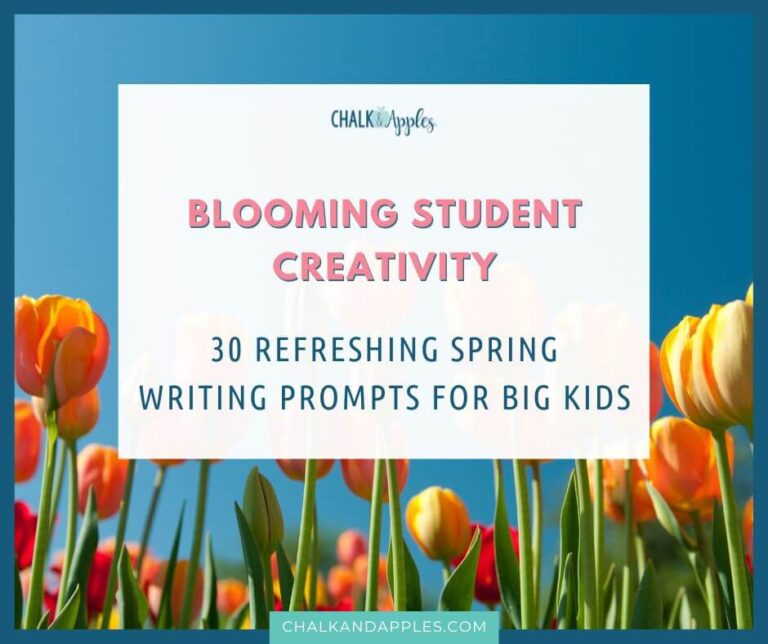
Blooming Student Creativity: 30 Refreshing Spring Writing Prompts for Big Kids

What are Text Structures Anchor Charts, and How Can Teachers Use Them to Their Advantage?

Common and Proper Noun Worksheets Are Boring! Try These Exciting Activities Instead!
Shop teacher favorites.
Find ready-to-go lessons, activities, and organizational tools to simplify your life and help you fall back in love with your job.

Reading Digital Rotation Board with Timers (Editable)

Digital Rotation Boards for Reading & Math (Bundle)
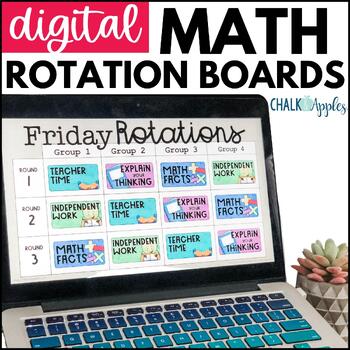
Math Digital Rotation Board with Timers (Editable)

Word Work for Big Kids: PRINTABLES for Vocabulary

Great Mail Race Complete Kit
Free teaching resources, join the newsletter.
Get teaching tips, resources, and freebies delivered right to your inbox once a week!
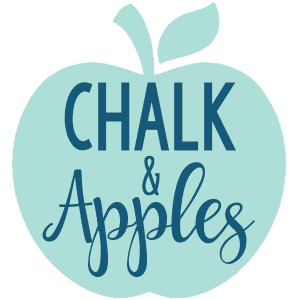
- Terms of Use
- Disclaimers
- Privacy Policy
- Resource Shop
- Access Purchases
The Community
We weren't meant to do this teaching life alone... we need each other. Join our Upper Elementary teacher community on Facebook for tips, ideas, and support from people who get it... teachers just like you!
- Character Education
- Classroom Management
- Cultural Responsive
- Differentiation
- Distance Learning
- Explicit Teaching
- Figurative Language
- Interactive Notebooks
- Mentor Text
- Monthly/Seasonal
Organization
- Social Emotional Learning
- Social Studies
- Step-by-Step Instruction
- Teaching Tips
- Testing and Review
- Freebie Vault Registration
- Login Freebie Album
- Lost Password Freebie Album
- FREE Rockstar Community
- Shop Teacher Finds
- Follow Amazon Teacher Finds on Instagram
- In the News
- Shop Writing Resources
- Shop Reading Resources
- Shop Social Studies Resources
- Interactive Writing Notebooks
- Interactive Reading Notebooks
- Social Studies Resources
- Rockstar Writers® Members Portal Login
- FREE MASTERCLASS: Turn Reluctant Writers into Rockstar Writers®
- Enroll in Rockstar Writers®
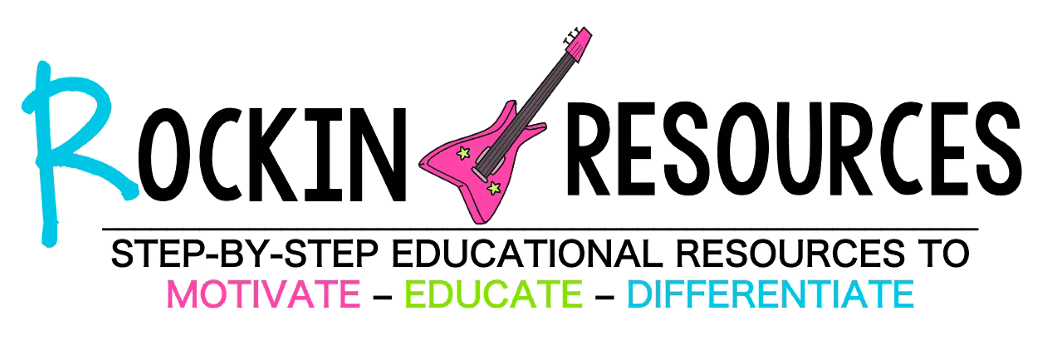
Primary Writing Anchor Charts Writing Primary Writing Anchor Charts Primary Writing Anchor Charts
Primary Writing Anchor Charts are perfect to use during your writer’s workshop. These charts were thoughtfully created to go along with my Step-By-Step Writing Program and can be used as Posters, Wall Displays, in Student Notebooks, projected on a Smart Board or sent to students digitally. They are in the order that I found most effective in teaching the writing process.
These anchor charts go hand-in-hand with the PRIMARY INTERACTIVE WRITING PAGES .
- Description
- Reviews (0)
You will find anchor charts for:
1. Sentence Structure and Paragraph Writing
2. Narrative Writing
3. Opinion Writing
4. Informative Writing
5. C.U.P.S. for Editing (Language Skills)
★★ There is a smaller version for students’ writing notebooks!
★★ There are directions to print LARGE-SIZE POSTERS with a how-to video link!
The Anchor Charts include the following. You will see that some are repeated in each type of writing. I either tweaked them for that type of writing, or kept them there because it was necessary for the writing process. That way you could go to the type of writing and use the charts in order. Easy peasy!
Sentence Structure and Paragraph Writing:
Nouns- Person
Nouns- Place
Nouns- Thing
Action Verbs
Linking Verbs
Simple Sentences
Subject and Predicate
Compound Sentences
Topic Sentences
Relevant Details
Closing Sentence
Narrative Writing:
Elements of Narrative Writing
Graphic Organizer
Introduction
Character Traits
Rough Draft
D.A.R.E. to Revise
Transition Words
Rockin’ Beginnings
Million Dollar Words
JamminConclusions
Craft a Title
Peer Reflection
Opinion Writing:
What is an Opinion?
Elements of Opinion Writing
The Power of 3
D.A.R.E. to Revise- Exchange
Informative Writing:
Elements of Informative Writing
Note Taking
Heading/Captions/Labels
Table of Contents
CUPS- Language Skills for Editing
Capitalization
Usage- Subject-Verb Agreement
Usage- Simple Sentences
Usage- Compound Sentences
Usage- Verb Forms and Tenses
Usage- Past Tense Irregular Verbs
Punctuation
Punctuation- Period, Question Marks, Exclamations
Punctuation- Commas and Apostrophes
Thank you for visiting my store!
There are no reviews yet.
Only logged in customers who have purchased this product may leave a review.
Related products
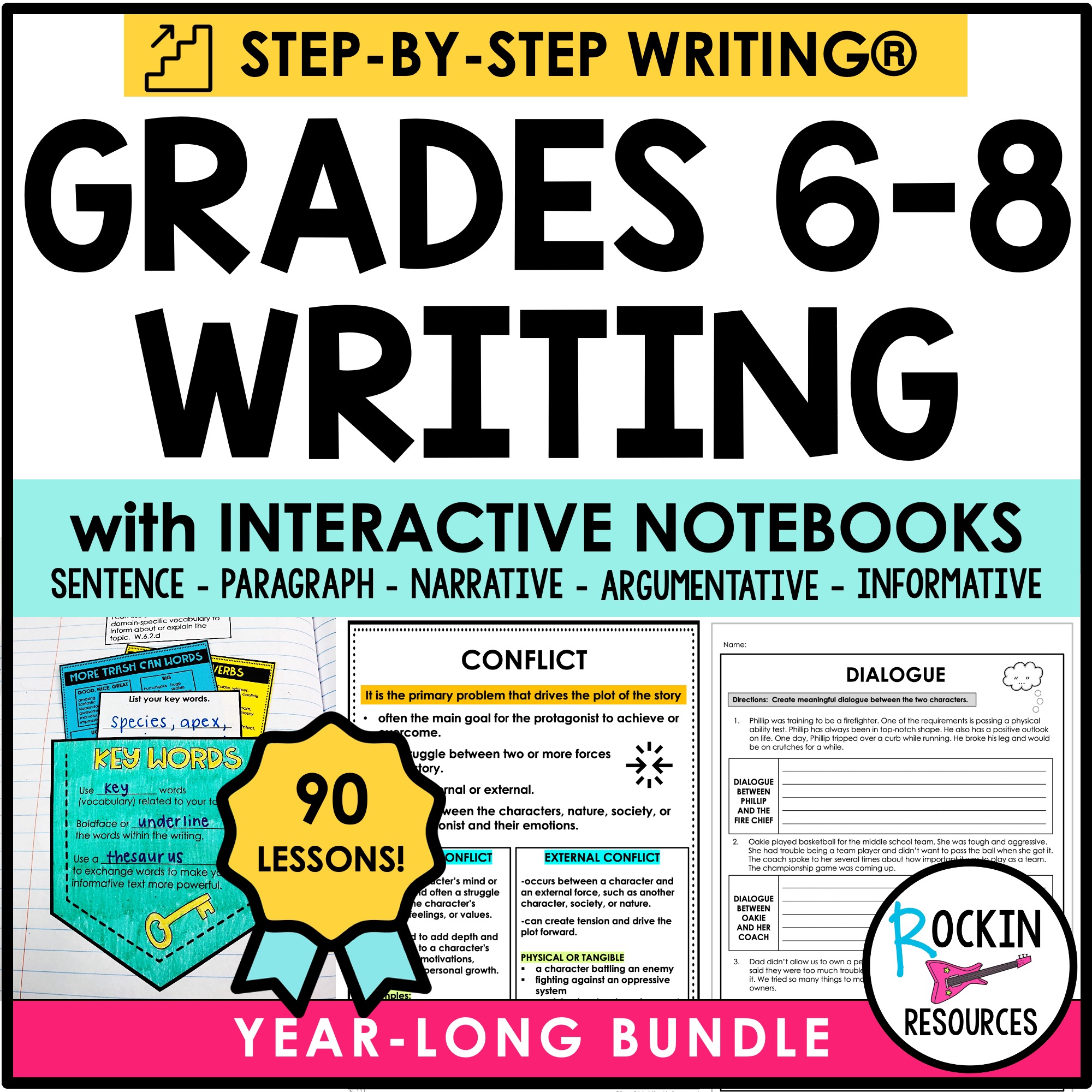
Middle School Step-by-Step Writing® Program Grades 6-8
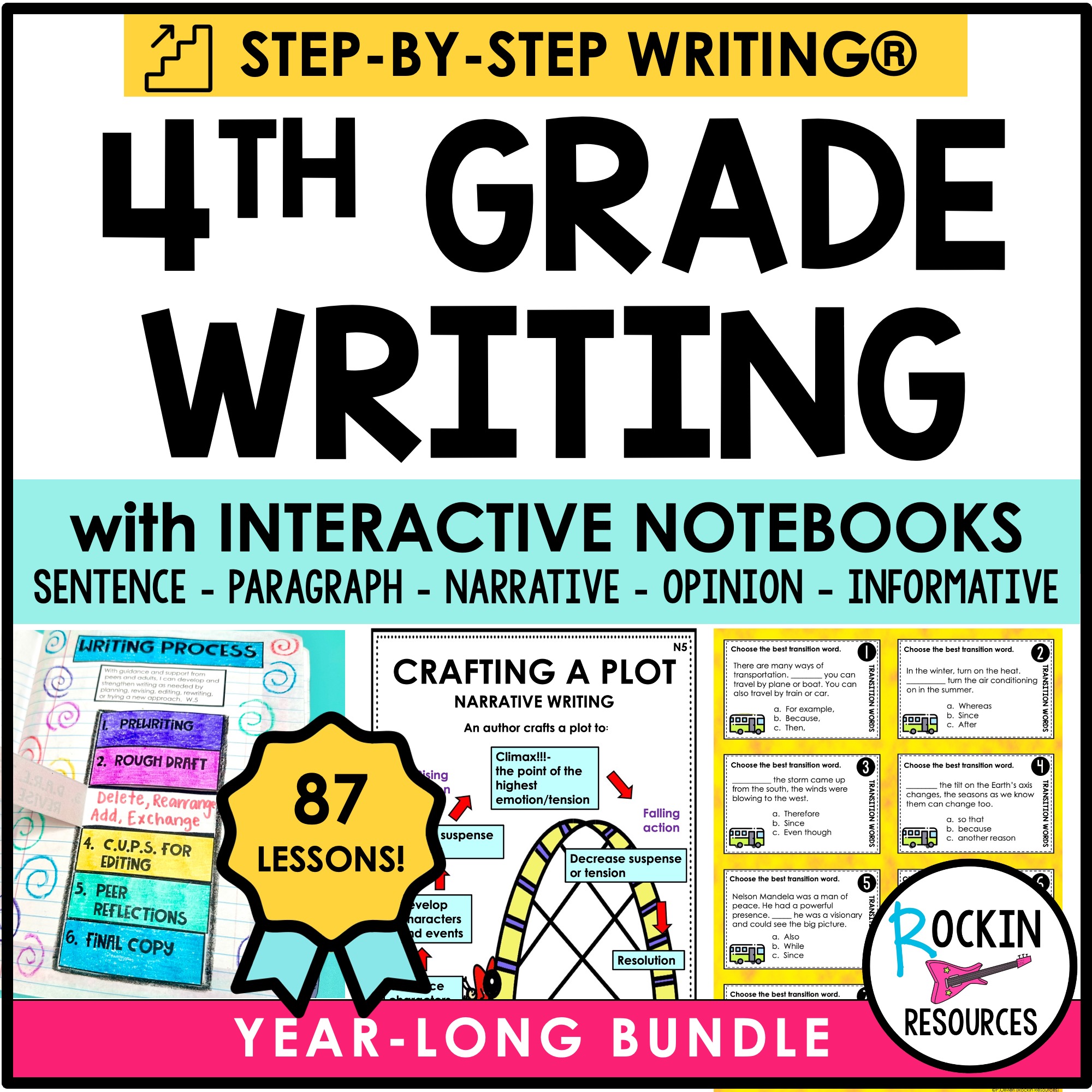
4th Grade Step-by-Step Writing® Program

Student Writing Resources

IMAGES
VIDEO
COMMENTS
First, students will need to know what Narrative Writing is! Students will be tasked with writing narrative stories throughout their education. The anchor chart above divides the topic into personal and fictional narrative writing. Initially, students will be writing stories about events that they experienced, personal narratives.
28. Show, Don't Tell. "Show, don't tell" is a cardinal rule of writing. This anchor chart, best for upper elementary writers, can be used to strengthen scenes in fiction and narrative nonfiction works. Build out this chart for middle school writers with additional ideas and more complex emotions.
You can grab a free set of anchor chart-toppers and examples for teaching your personal narrative writing unit. Everything you need to prepare your anchor charts before filling them in with your class! I'd love to see how you use your narrative writing charts! Tag me on Instagram or send me your photos at [email protected].
Outline: By second grade, students should be able to write a topic sentence, 3-4 event sentences WITH details, and a closing sentence. This means student writing should be anywhere from 5-10 sentences at least. However, many students are ready to write in paragraphs by second grade and should be encouraged to do so by adding more detail ...
Create a second anchor chart that reviews temporal words. Words such as yesterday, today, first, next, or last describe time or order of events and help make a narrative story more clear for the reader. ... 2nd grade Narrative Writing Prompts and Graphic Organizers - printable & digital. Earn 0 Reward Points $ 7.00.
Fiction Writing Second Grade Daily writing lesson plans, anchor charts, and resources to print and teach fictional writing in 2nd grade. Fiction Writing in Writers' Workshop Fictional narratives is a form of narrative writing, but it takes turn away from personal narratives and even the most reluctant writers love this genre. Second-grade ...
This second-grade writing-goals chart sets goals around important writing skills for younger students: punctuation, spelling and ... fiction and narrative nonfiction works. Build this chart out for middle school writers with ... Use this anchor chart during writing and discussion to help connect the language that we use across domains. 11
The rain makes the garden grow; the helpful kids make a teacher smile. This anchor chart will allow kids to see cause and effect while reading. 5. Land Forms. Source: Teacherific in 2nd Grade. This colorful and well-made anchor chart shows what makes a land form so that kids can get a picture of their differences. 6.
A good narrative anchor chart should include: An outline of the overall structure of beginning, middle and end that makes a good story. An explanation of the internal structure of a good story: hook, problem, action, climax, solution. A clear statement of the elements one needs in a narrative: characters, problem/s, setting, solution.
2nd Grade Writing Workshop Anchor Charts (Lucy Calkins Narrative Unit 1) by. Teacher's Corner. $2.00. PDF. Six simple, black and white anchor charts to be used with Unit 1 of the Lucy Calkins Curriculum (for Sessions 1, 5, 7, 9, 12, 15). They can be displayed for students to view, or copied so each student has an individual copy.
Are you looking for a fun way to teach your second grade students how to write personal narratives? This Personal Narrative Writing Unit is perfect for you!...
Create an anchor chart as a reminder to start a new paragraph when someone new is introduced in the story, when a new event occurs, when a new person is speaking, when the setting changes, or the topic/idea changes. 5. Adding in more details. Adding details to writing while revising is an important step because while writing personal narratives ...
The narrative writing posters include a description of the following aspects of narrative text structure: Exposition - this is the beginning of the story, where the setting, the characters, and the plot are introduced. Conflict - this is a problem or challenge that the characters need to solve or overcome. Rising Action - these are the ...
17 Engaging Personal Narrative Anchor Chart. As teachers, we're always looking for ways to make our lessons more interactive and engaging. However, it can be challenging to find activities that are interesting and fun. You also want to deliver a lesson that keeps students focused on the task rather than what they'll be eating for lunch or ...
In this article, we will explore 15 clever anchor charts that can be used to teach story elements effectively. 1. Character Traits Chart: Create a chart that lists different character traits and provides examples from various stories. This will help students identify and analyze the personalities of different characters.
This Personal Narrative Writing Unit is perfect for you! It comes with kid-friendly rubrics, anchor charts, graphic organizers, and centers. Plus, there's even a mentor text to help you get started. Your students will love writing personal narratives with this unit! The lessons are easy to follow and the activities are engaging.
A narrative writing anchor chart is a visual prompt that helps children plan and prepare for a creative writing exercise. Each child can personalise their own, so they can include whatever they find the most useful. For example, a child who struggles with structure could include core plot points or story arcs. Children can also include drawings ...
Are you looking for a fun way to teach your second grade students how to write personal narratives? This Personal Narrative Writing Unit is perfect for you! It comes with kid-frie
Here are a few examples of narrative writing anchor charts you may create. 1. Elements of a Narrative. One of the first steps in introducing students to narrative writing is showing them the important parts of the piece. Here are the most important ones upper elementary students should see on a narrative writing anchor chart.
The following anchor chart is from when we read George's Marvelous Medicine. We focused on character traits and description in this anchor chart. This anchor chart is from Lulu and the Brontosaurus. It is another favorite book, mainly because it shows how the character changes during the story. This anchor chart illustrates some descriptive ...
A narrative writing anchor chart is a visual prompt that helps children plan and prepare for a creative writing exercise. Each child can personalise their own, so they can include whatever they find the most useful. For example, a child who struggles with structure could include core plot points or story arcs. Children can also include drawings ...
2. Narrative Writing. 3. Opinion Writing. 4. Informative Writing. 5. C.U.P.S. for Editing (Language Skills) ★★ There is a smaller version for students' writing notebooks! ★★ There are directions to print LARGE-SIZE POSTERS with a how-to video link! The Anchor Charts include the following. You will see that some are repeated in each ...
More fromEducation Edventures. Description. Use this Personal Narrativeanchor chart poster during Writer's Workshop or for a mini-lesson on what to include in Personal Narrative writing pieces. Students can use it as a reference guide to look back when writing their Personal Narratives. Click HERE to Save with the ELA Anchor Chart Bundle.
Narrative Writing Anchor Chart 2nd Grade. Narrative writing in pictures: anchor charts and ideas Narrative writing anchor charts by fourth grade in room 210 Narrative grade narratives descriptive imagined strategies experiences develop process sequences escritura centers interrogative sentences kinds exclamatory imperative declarative.